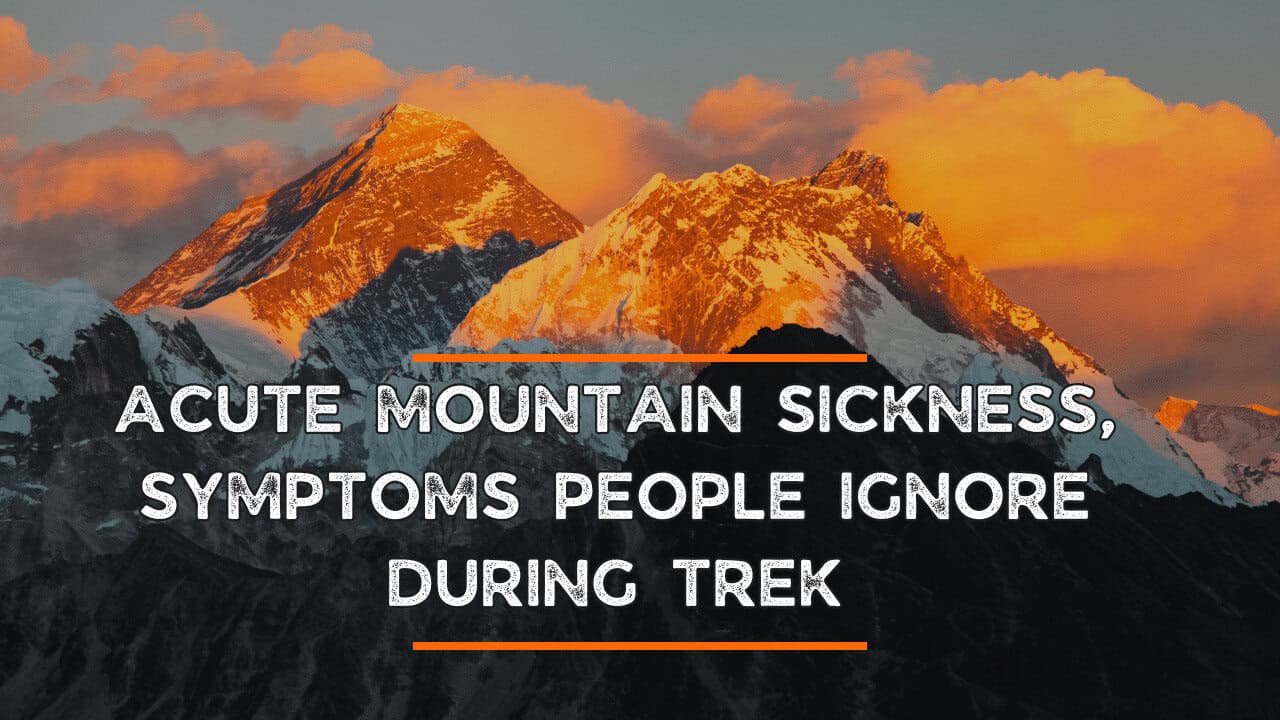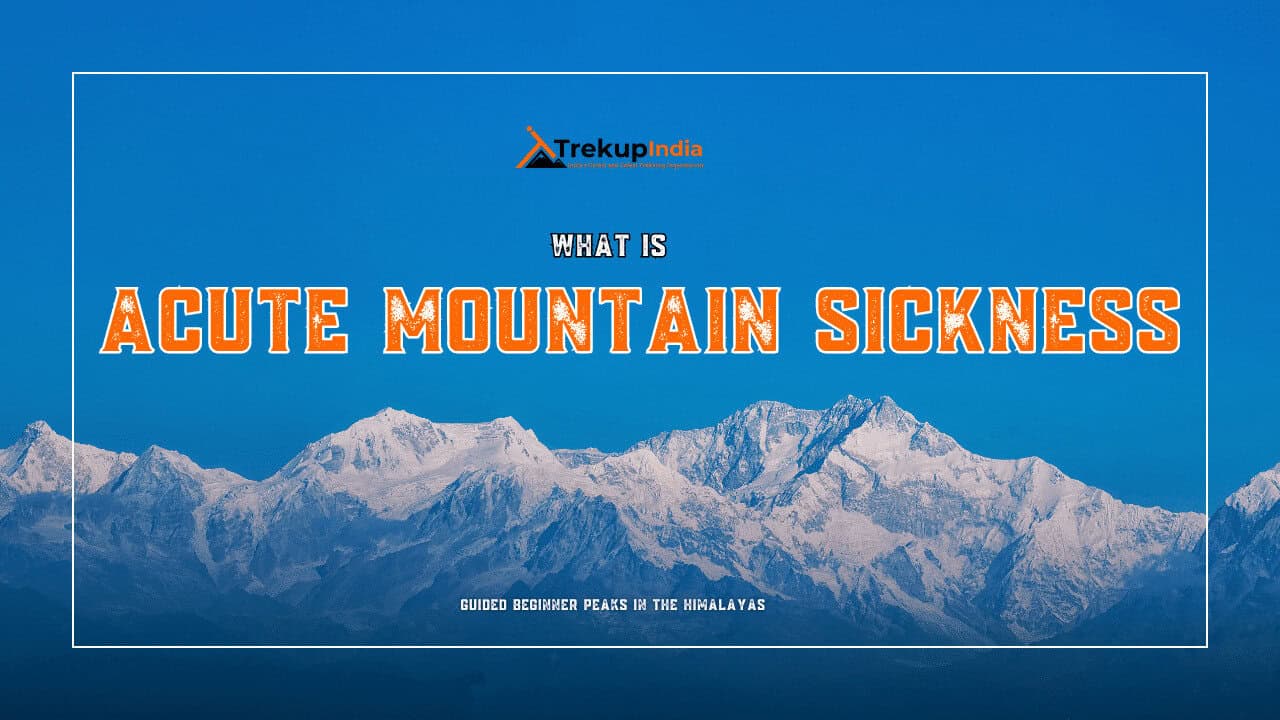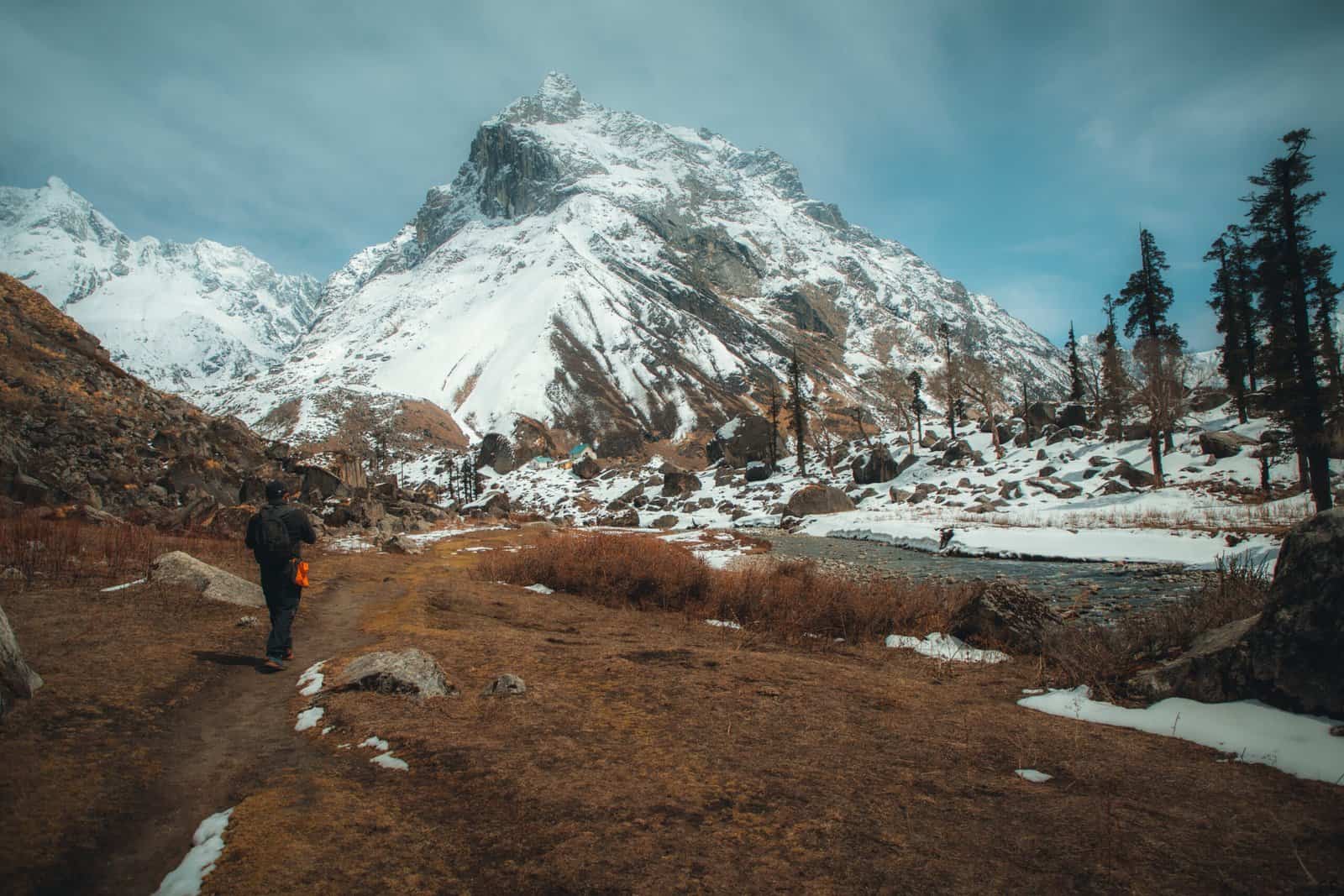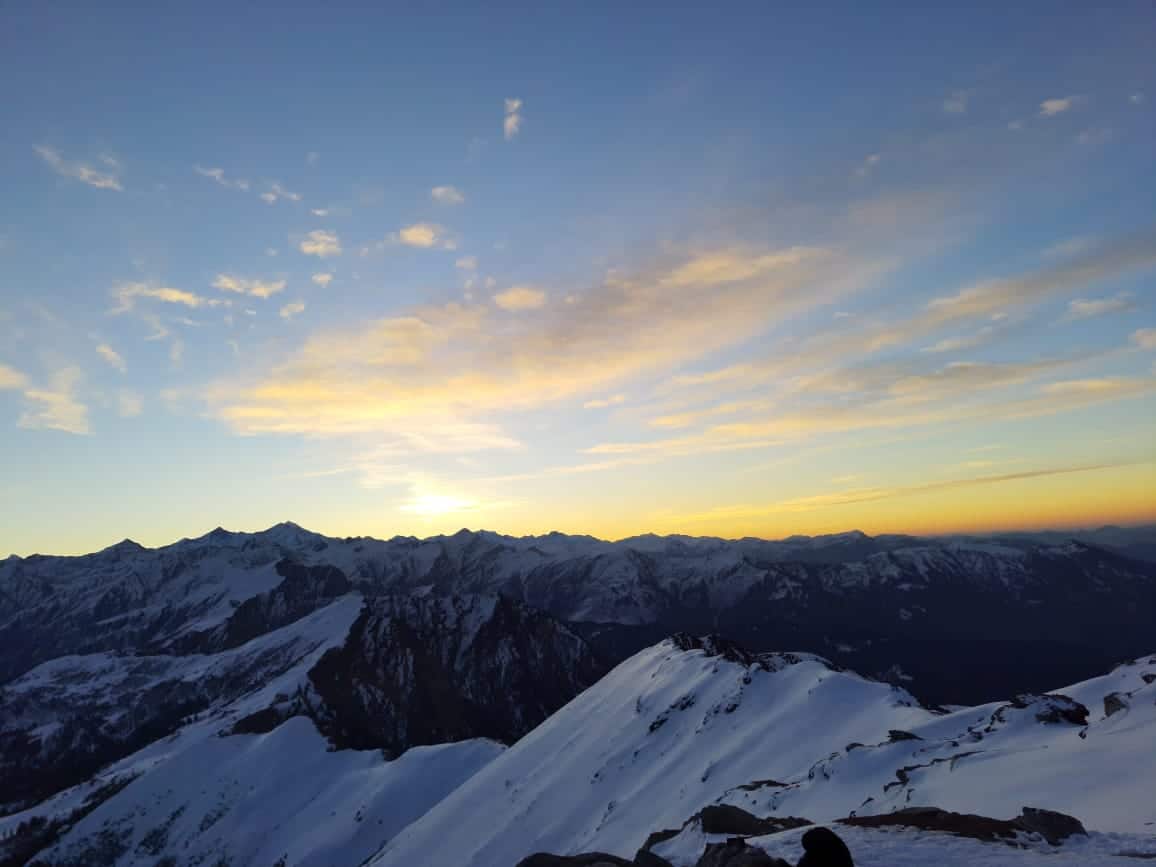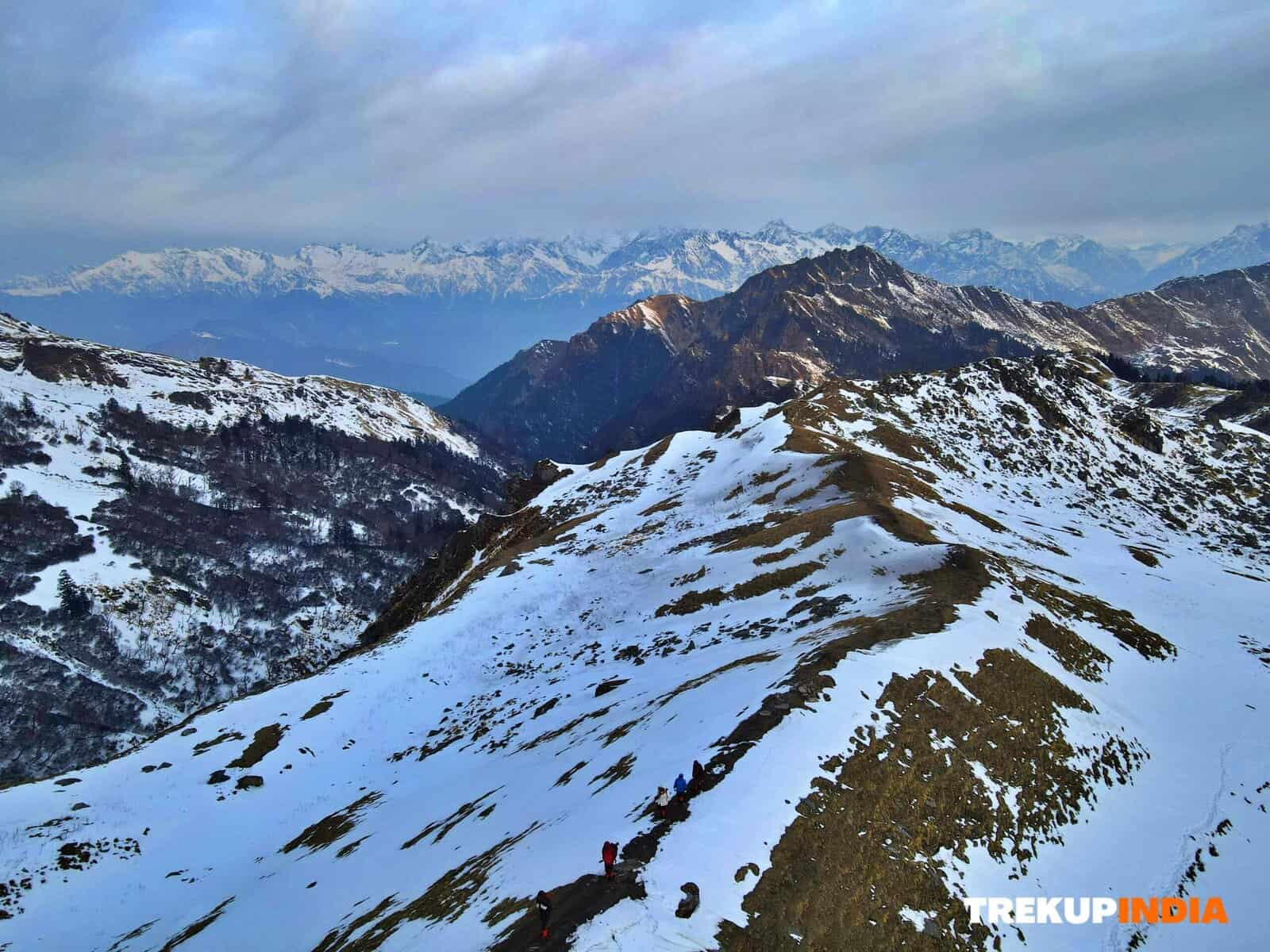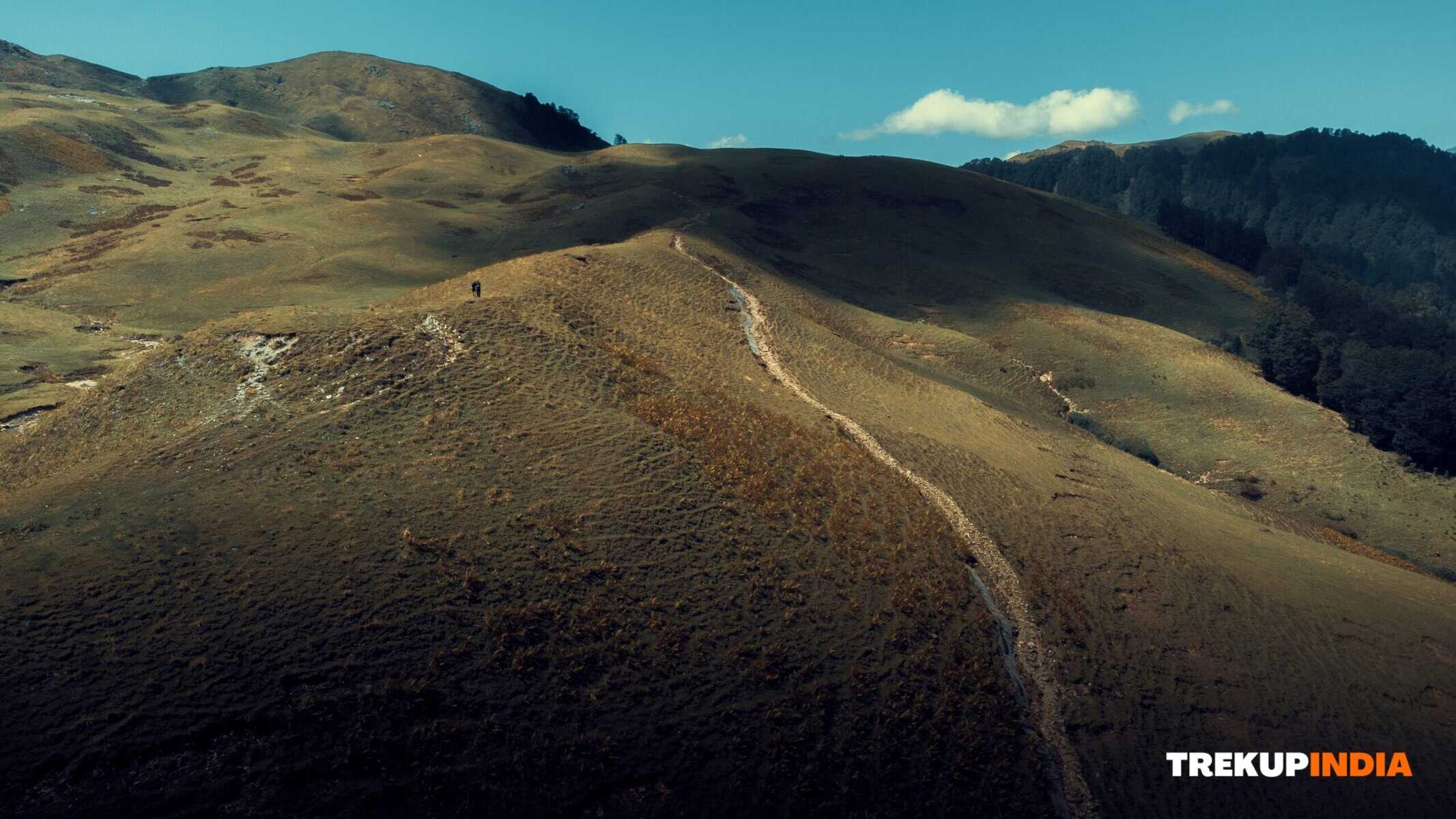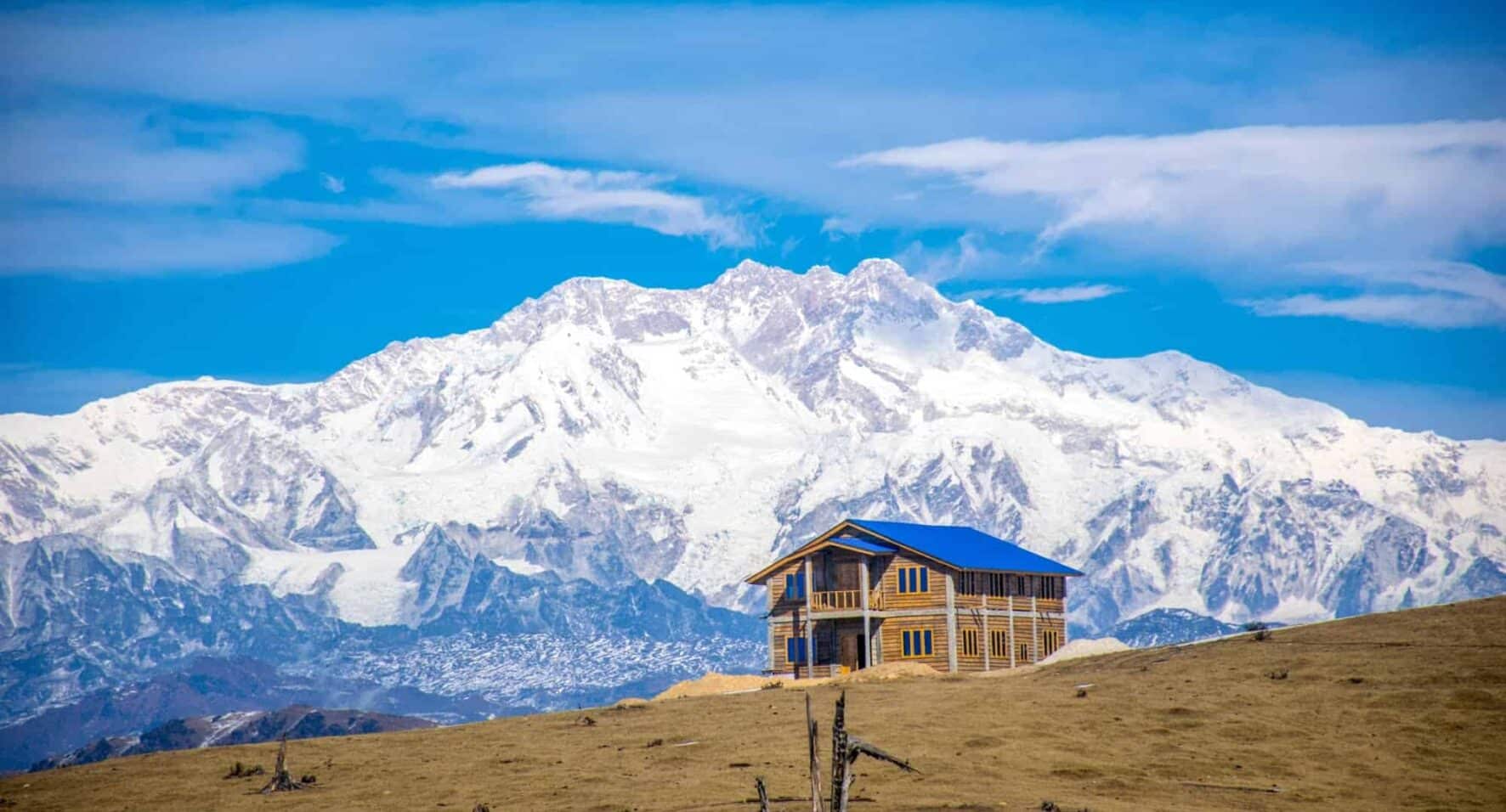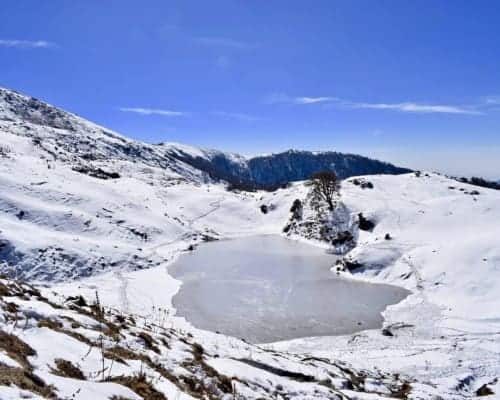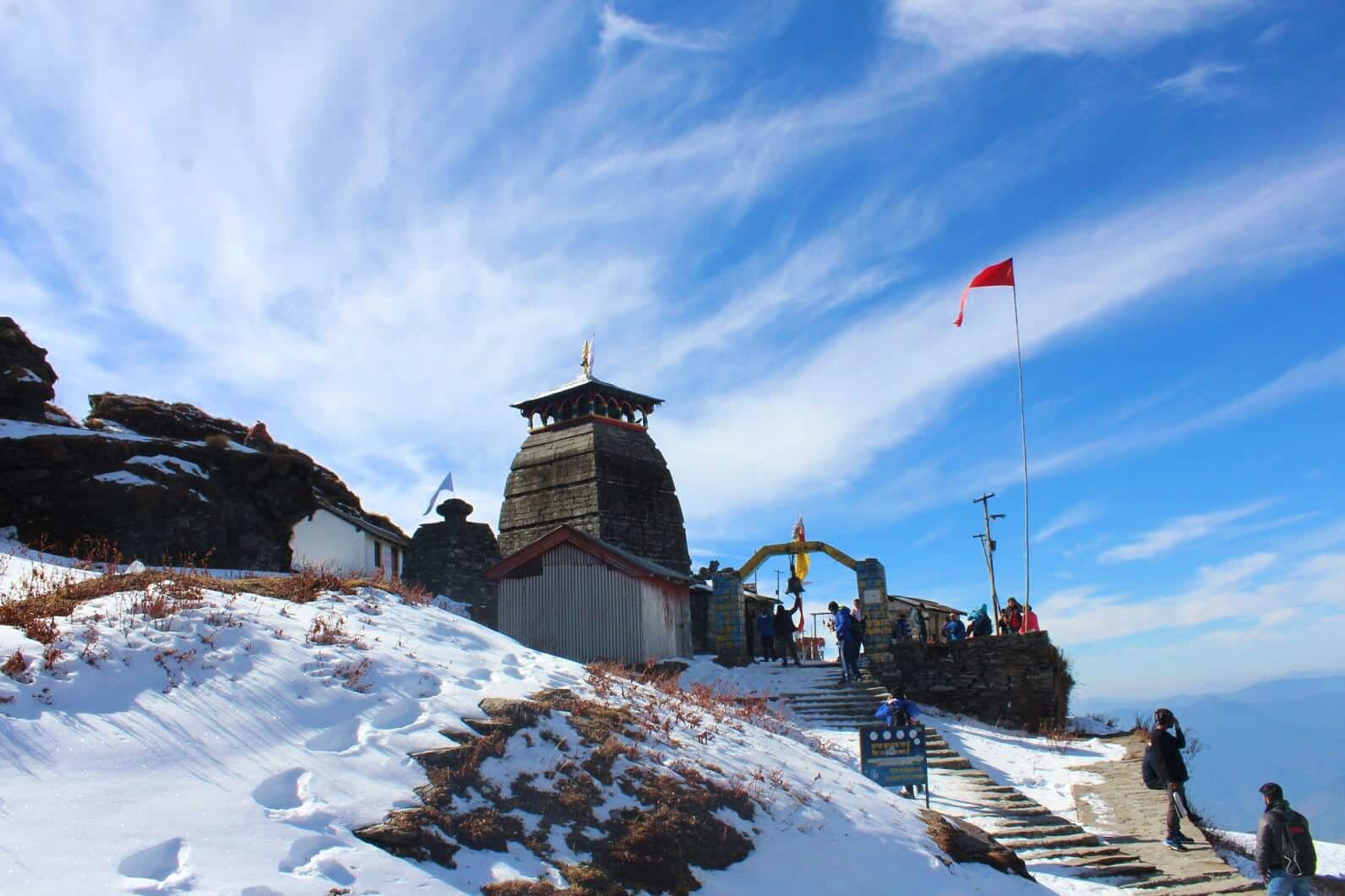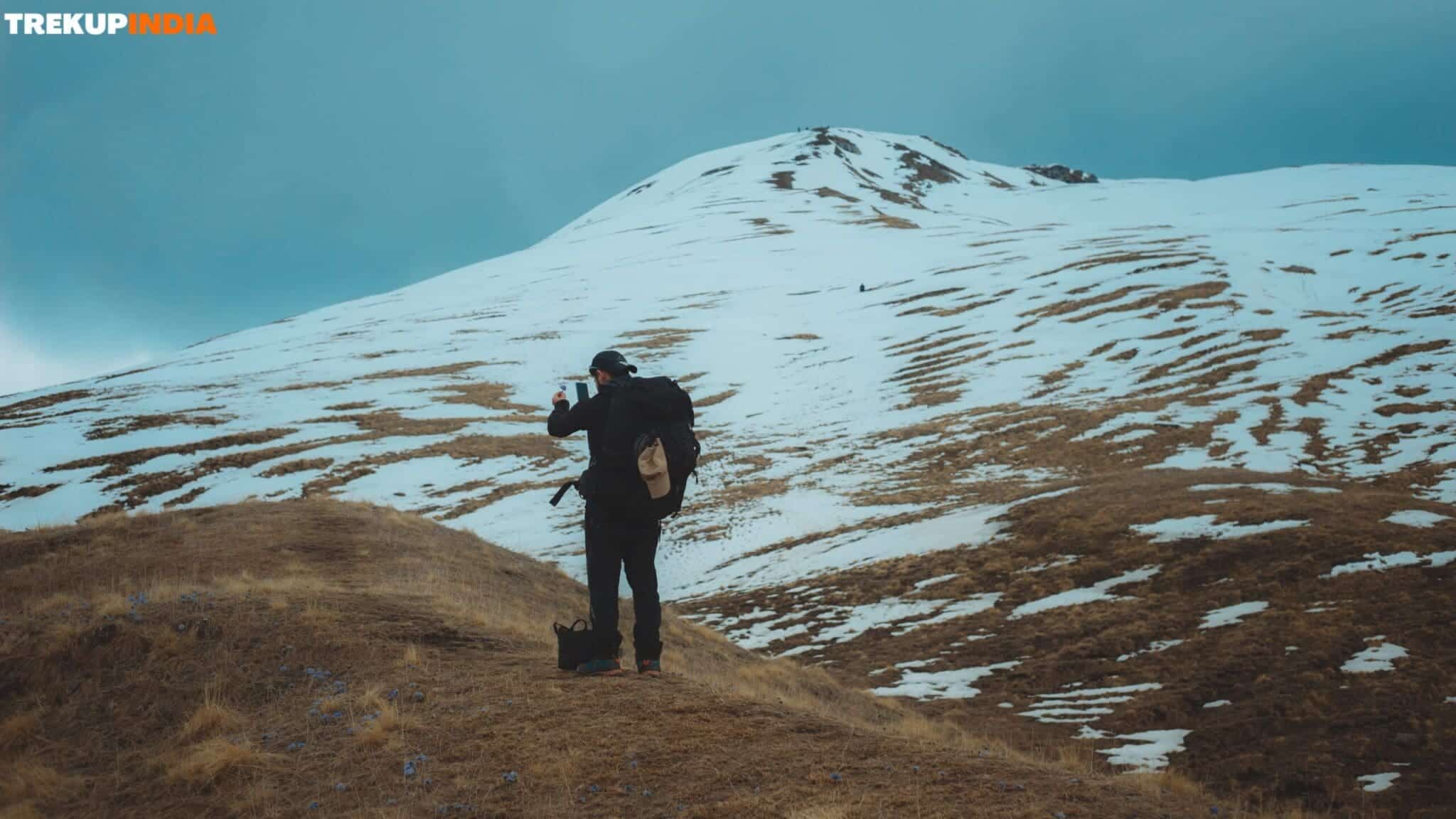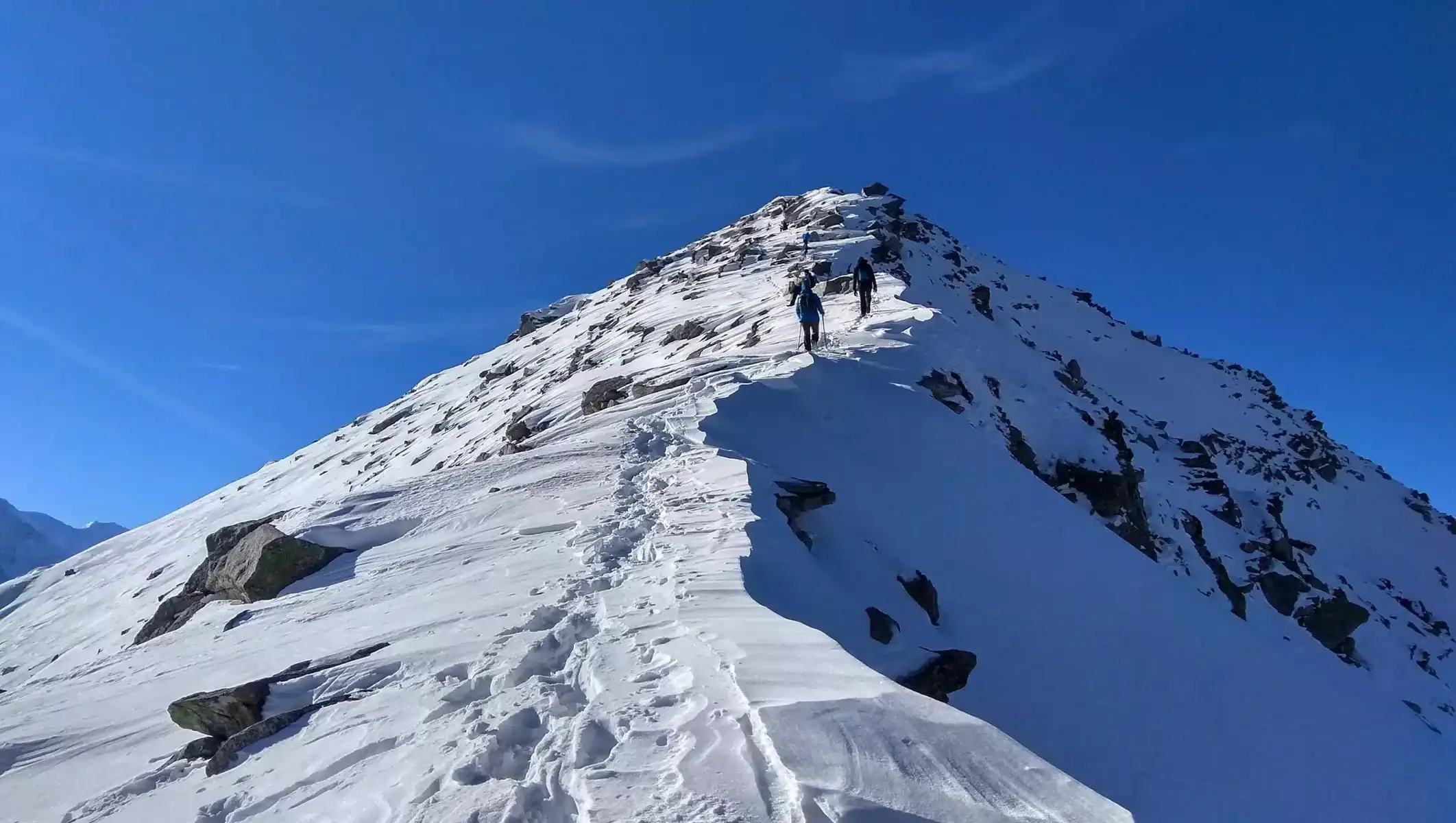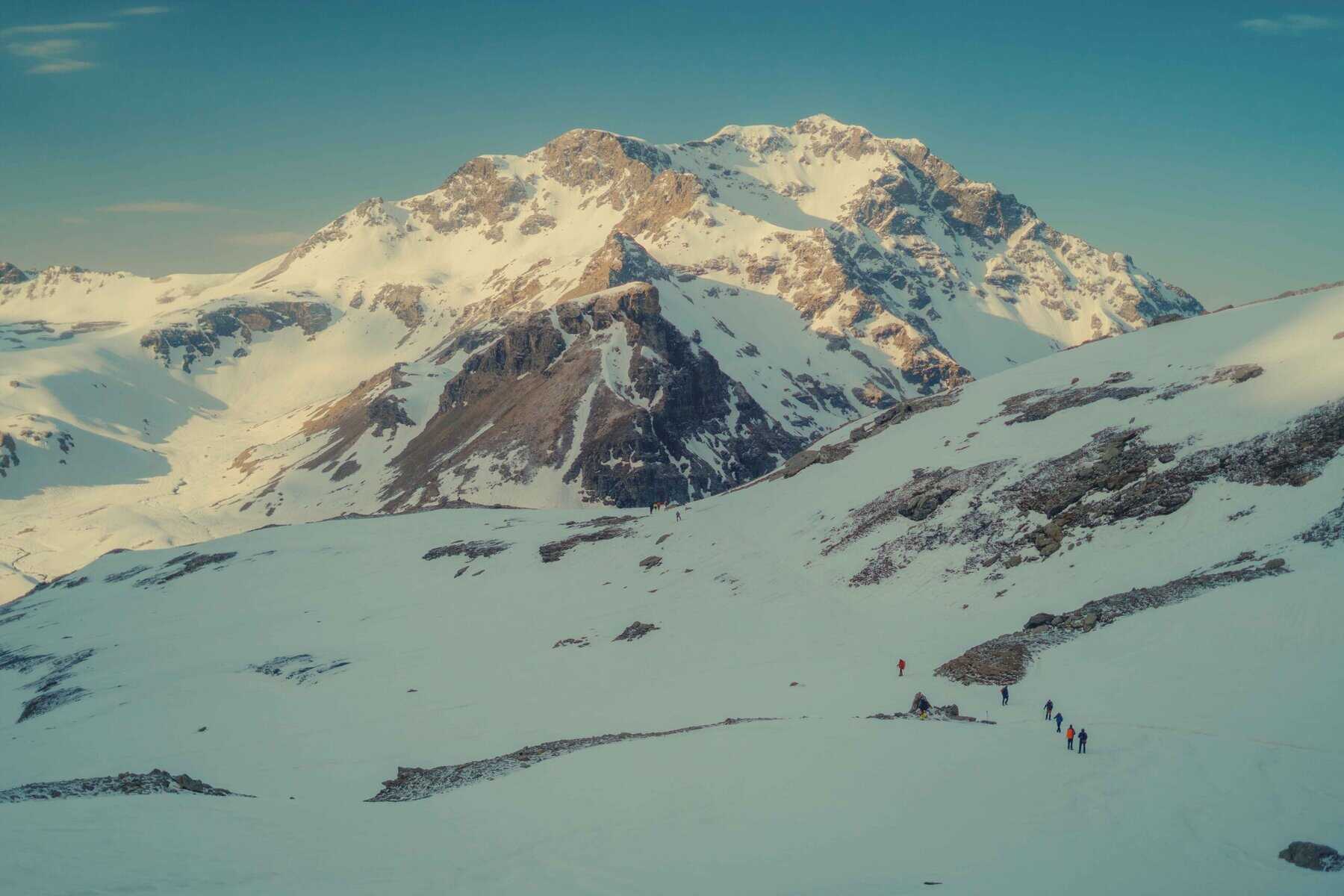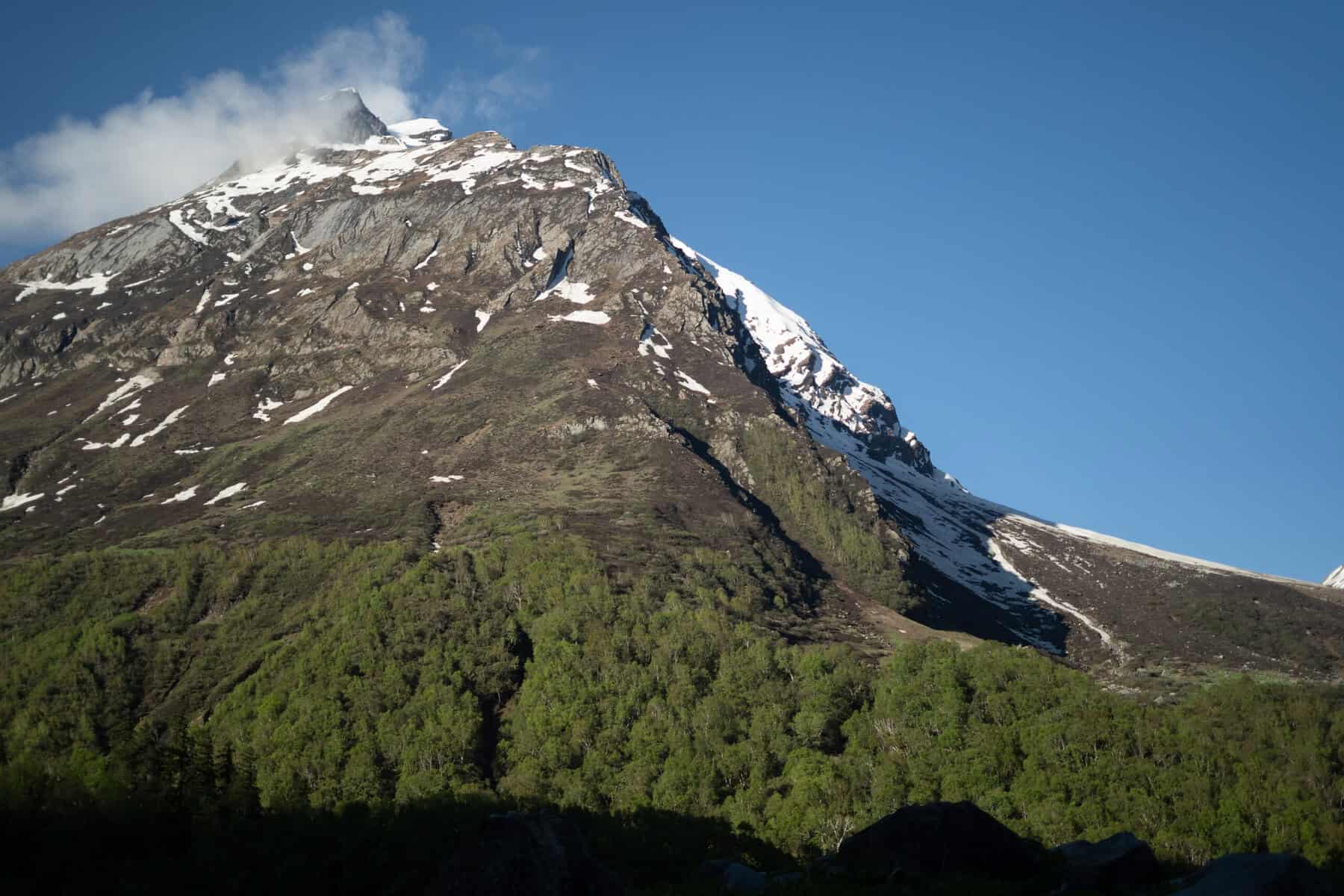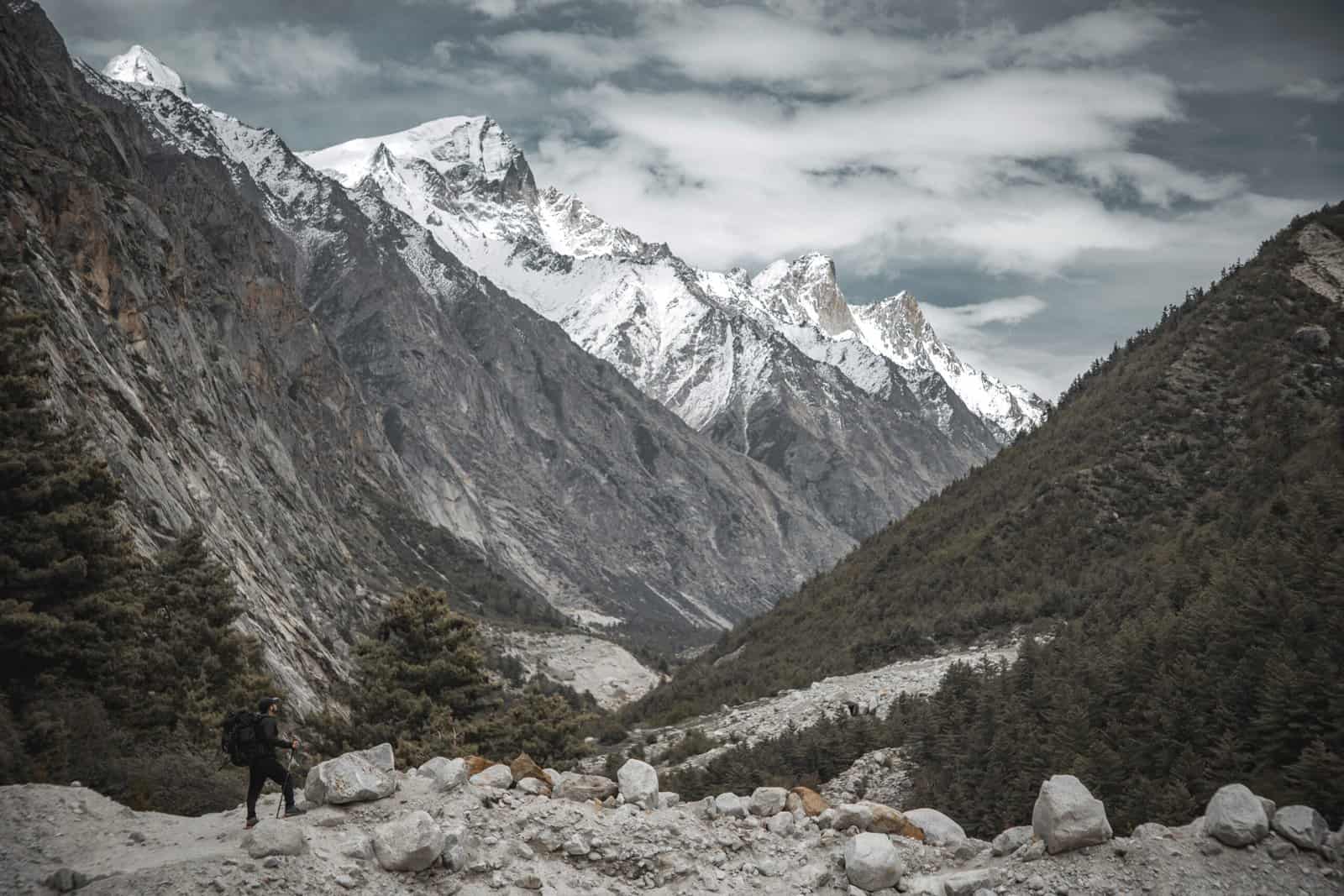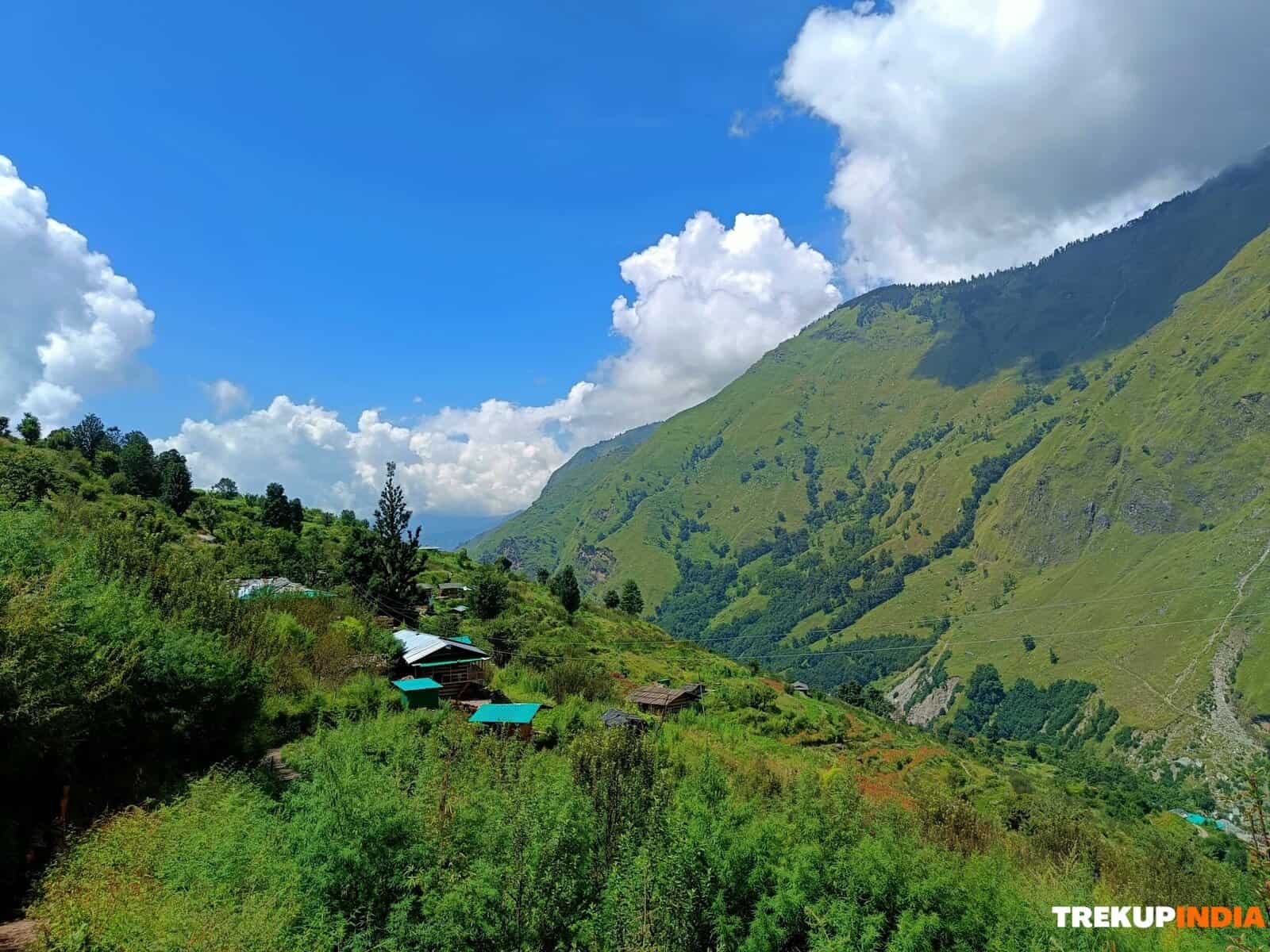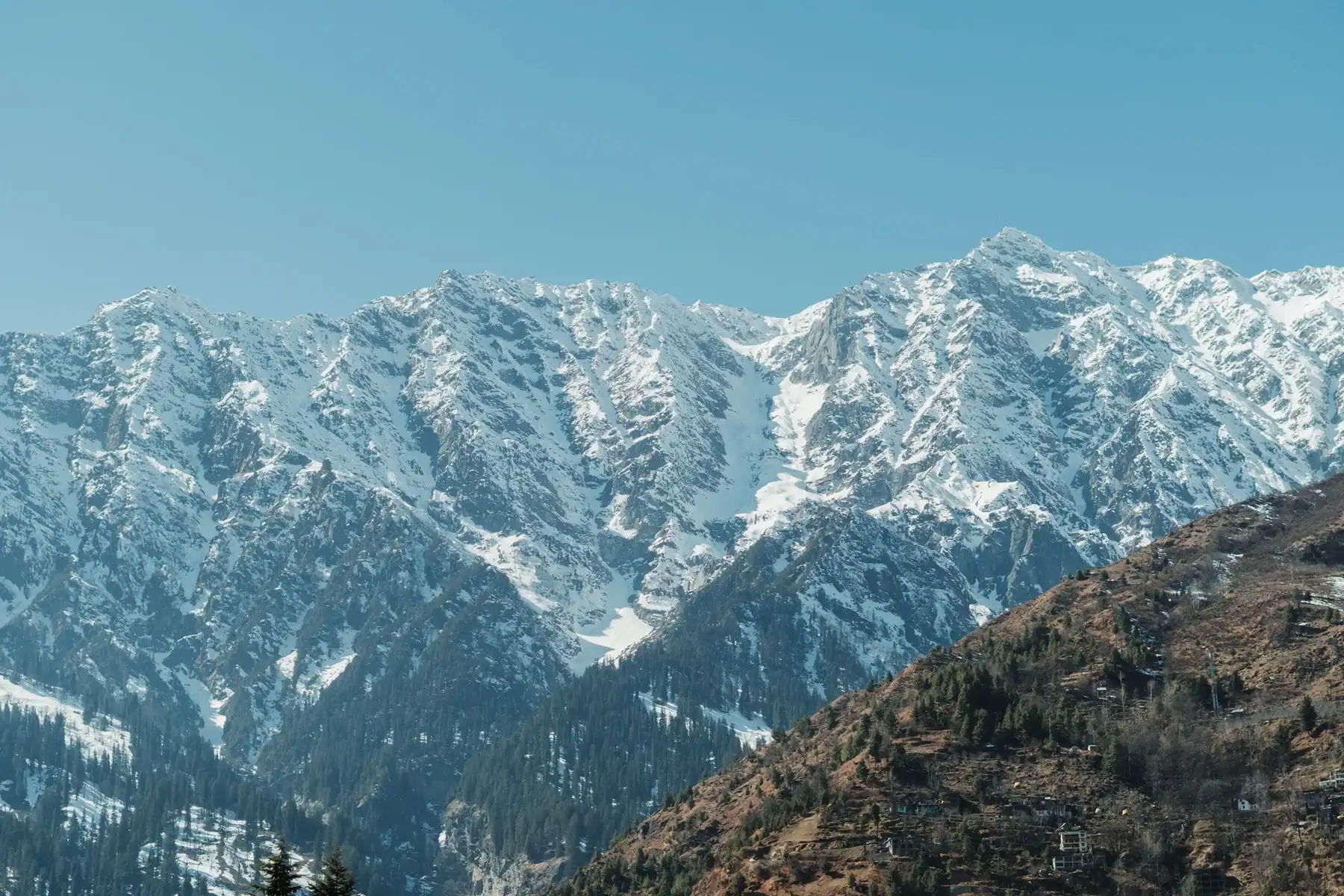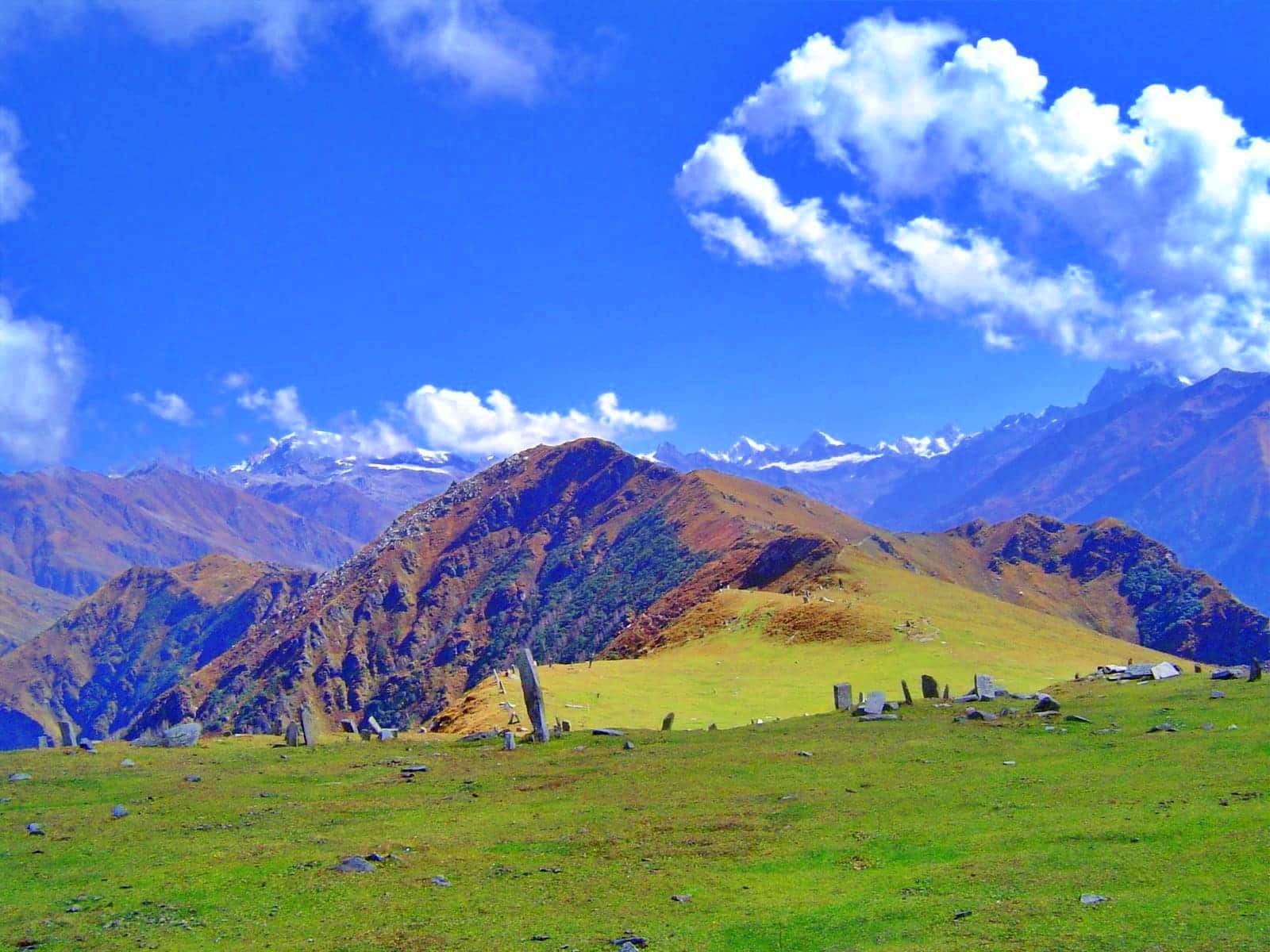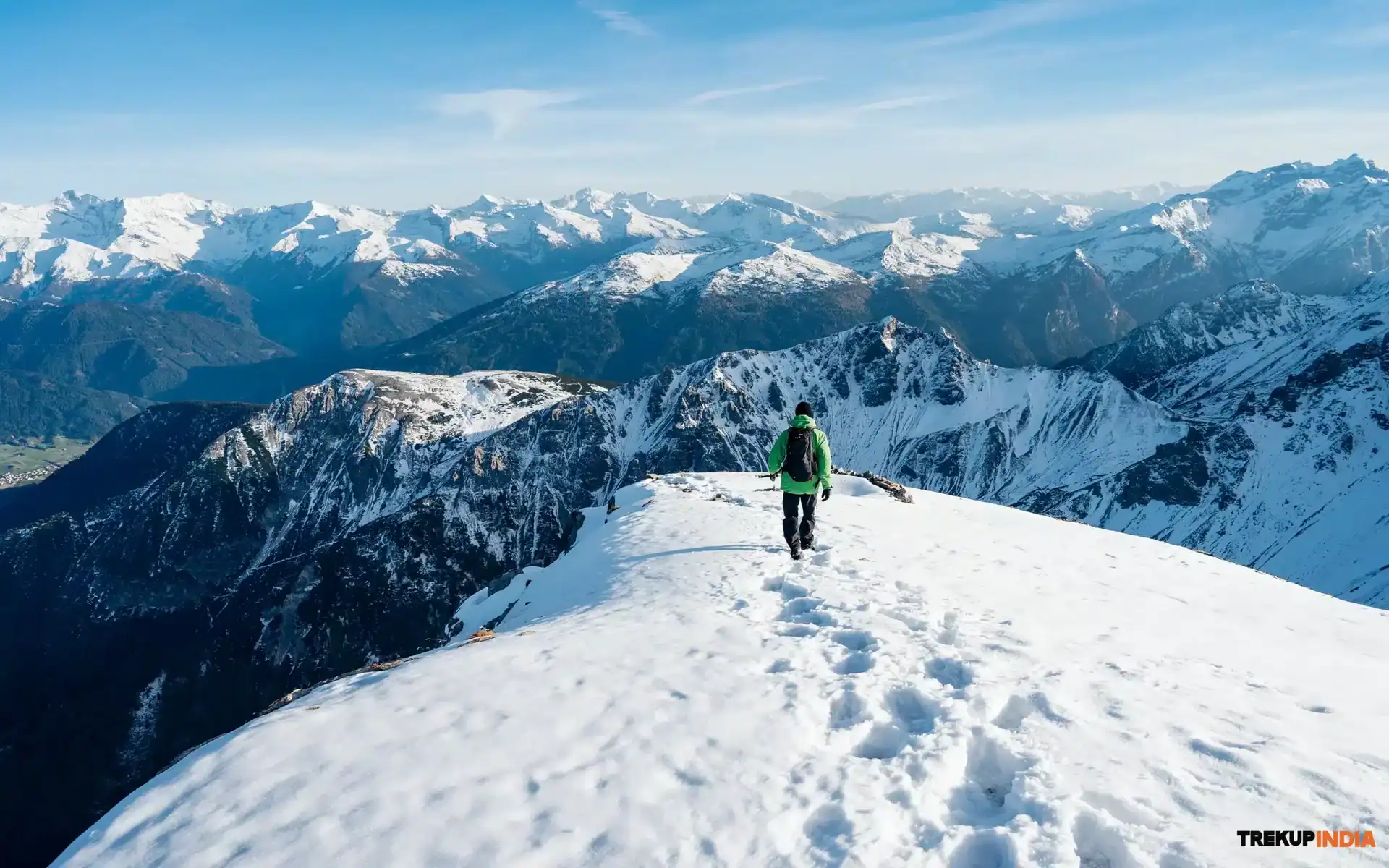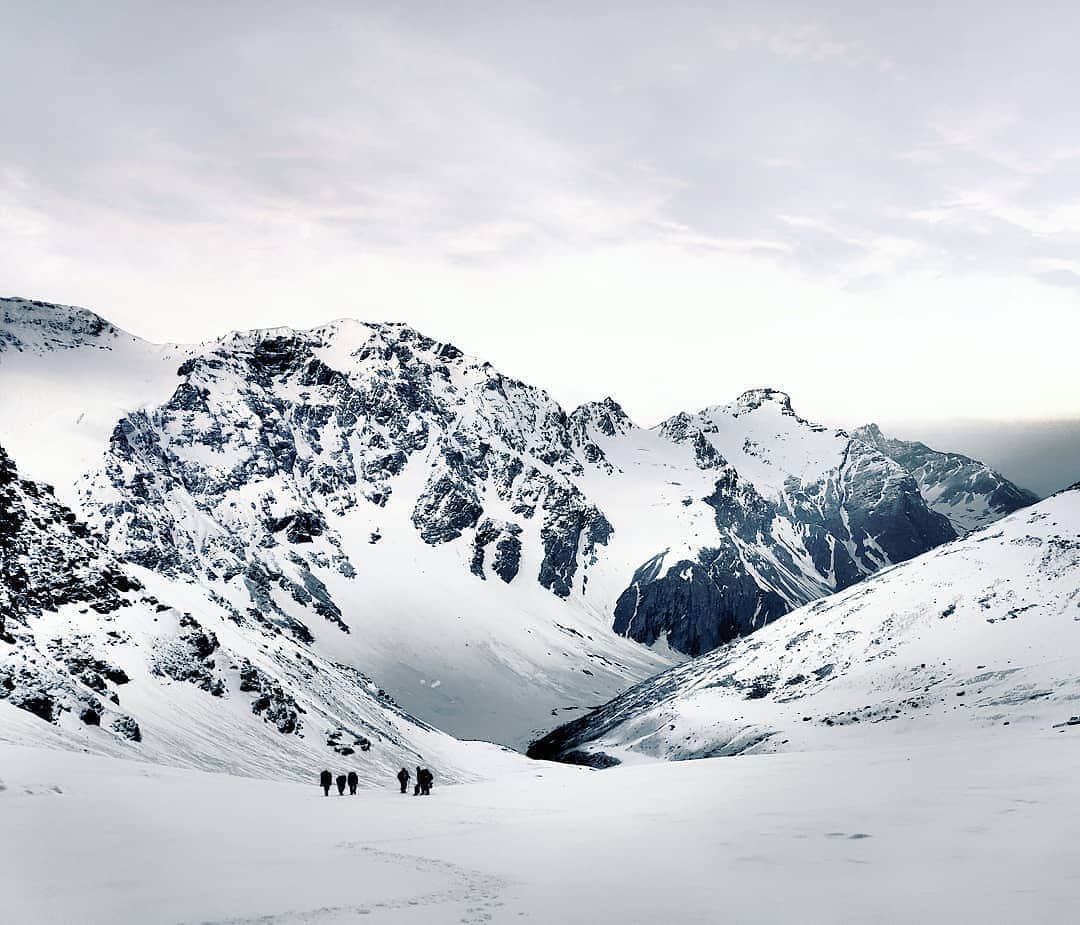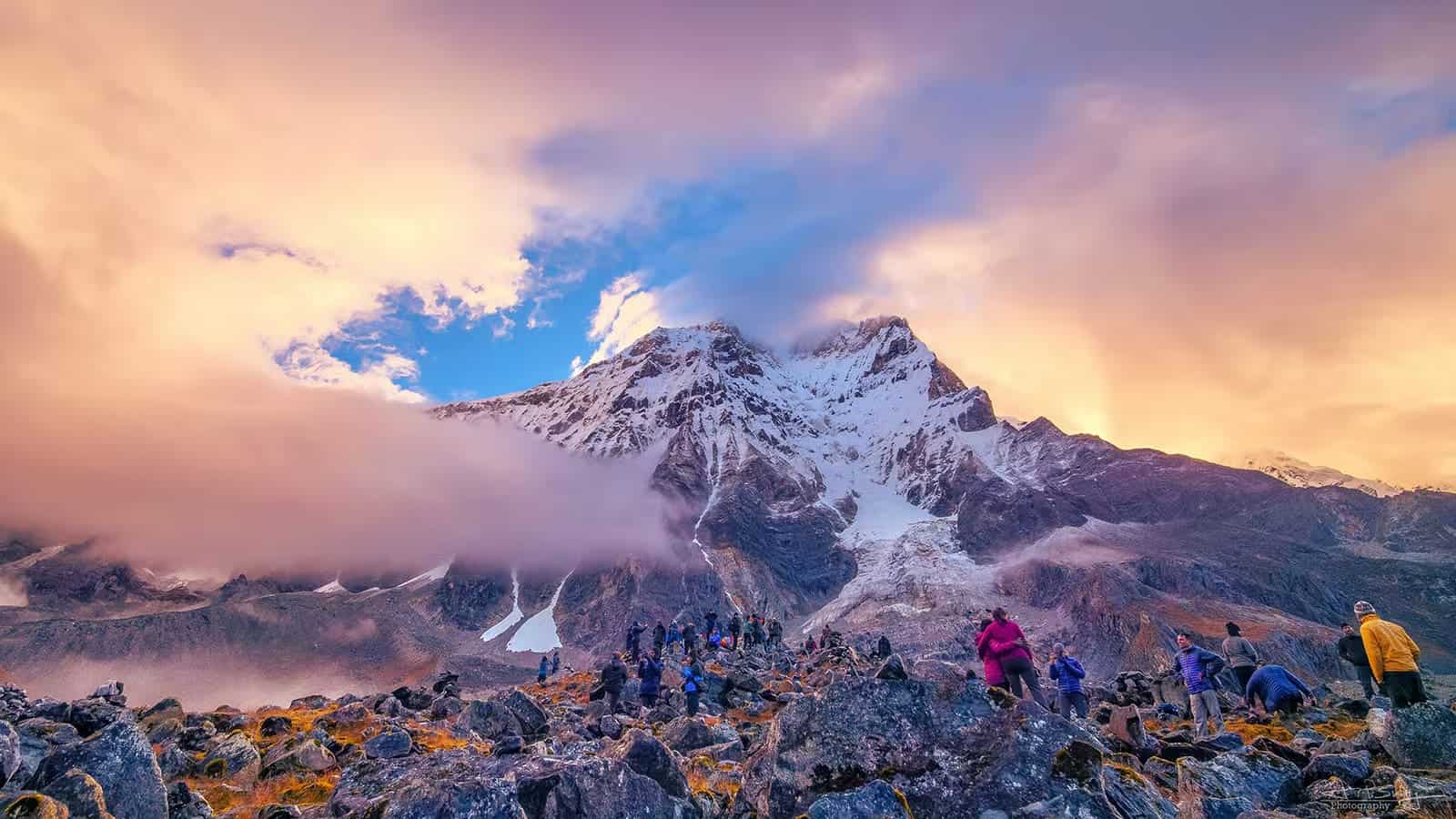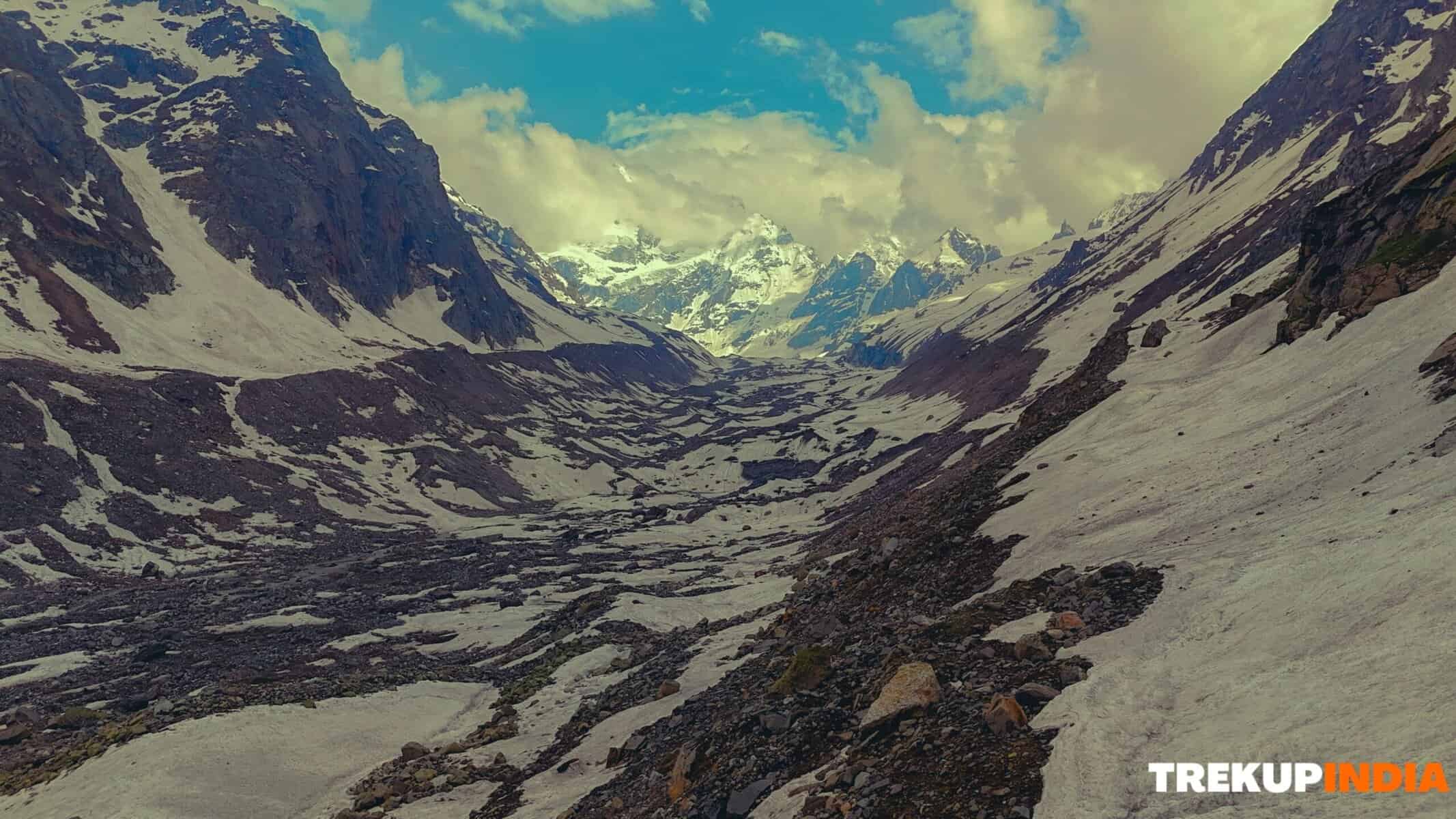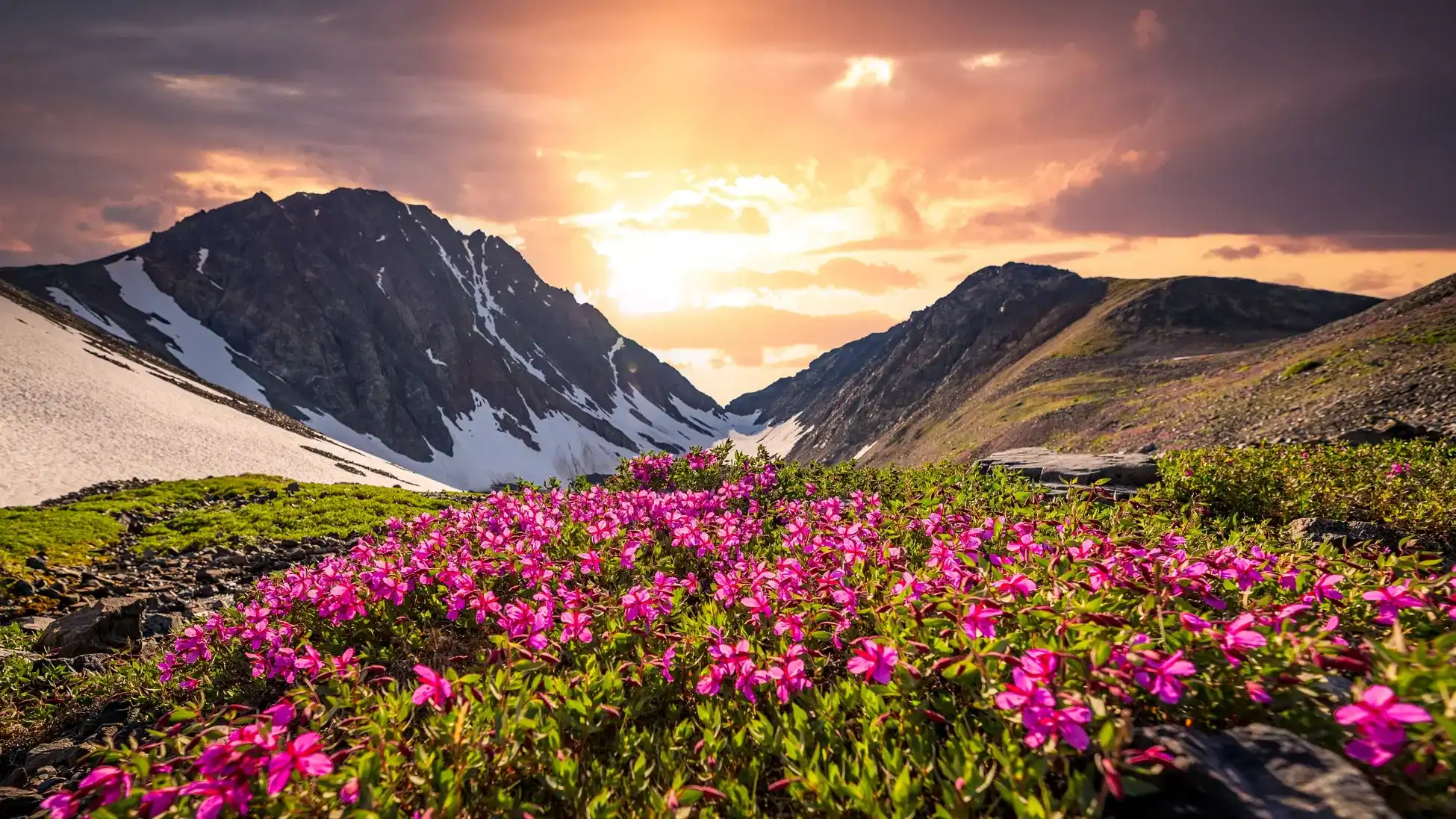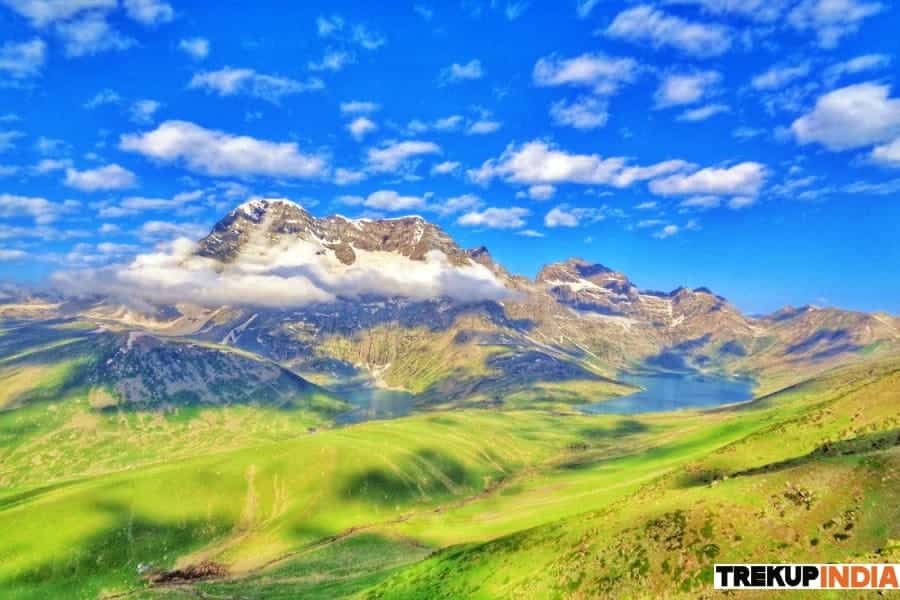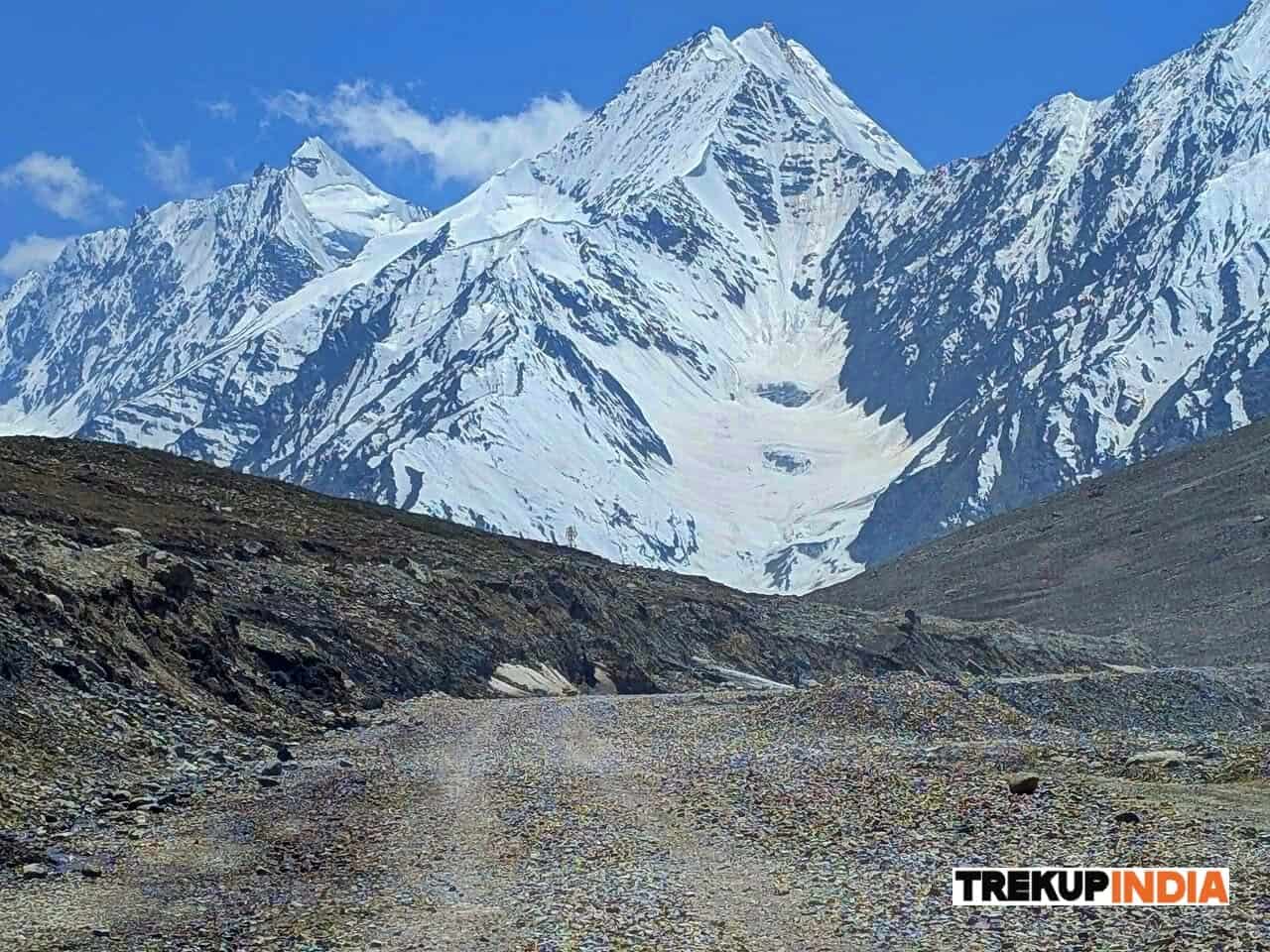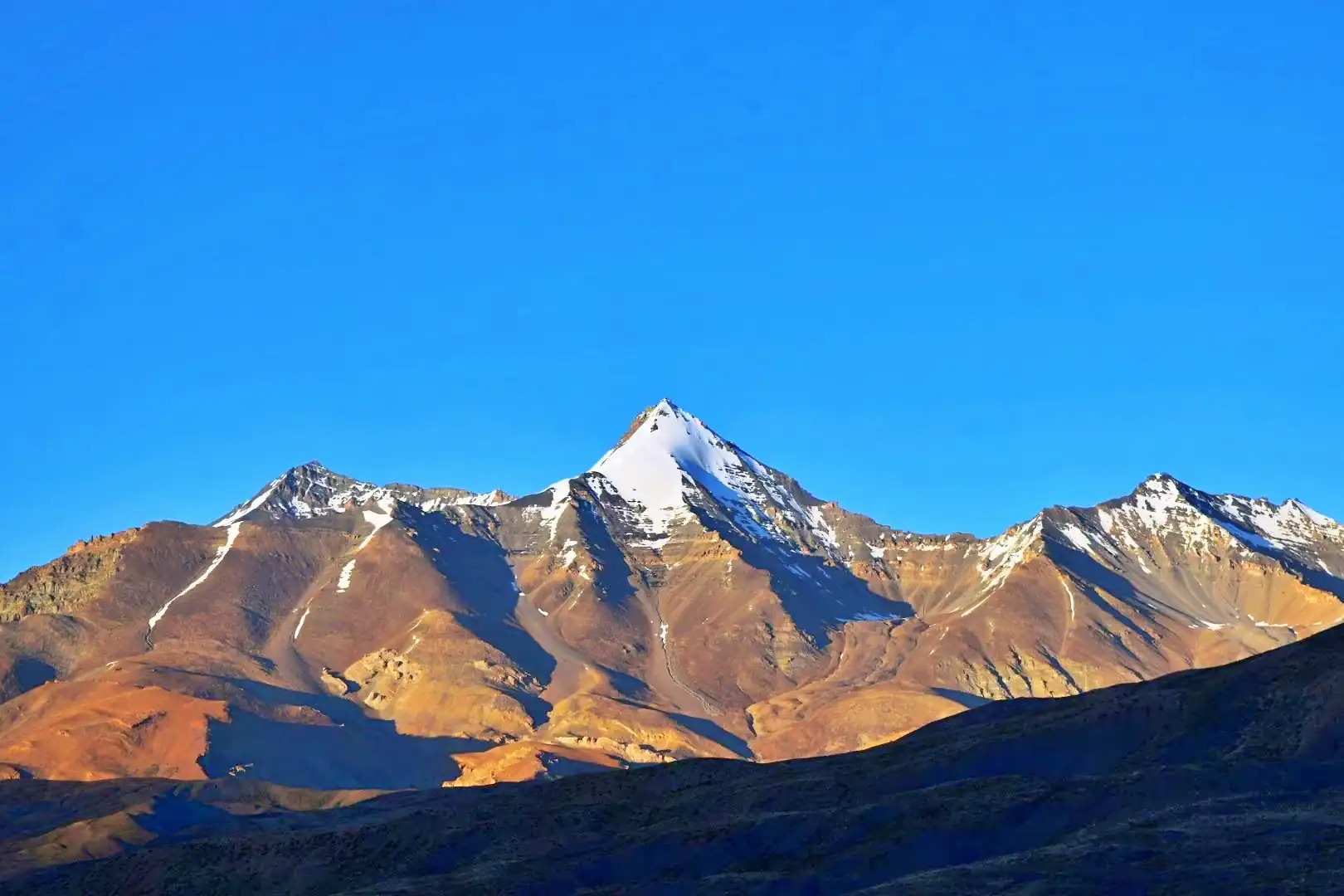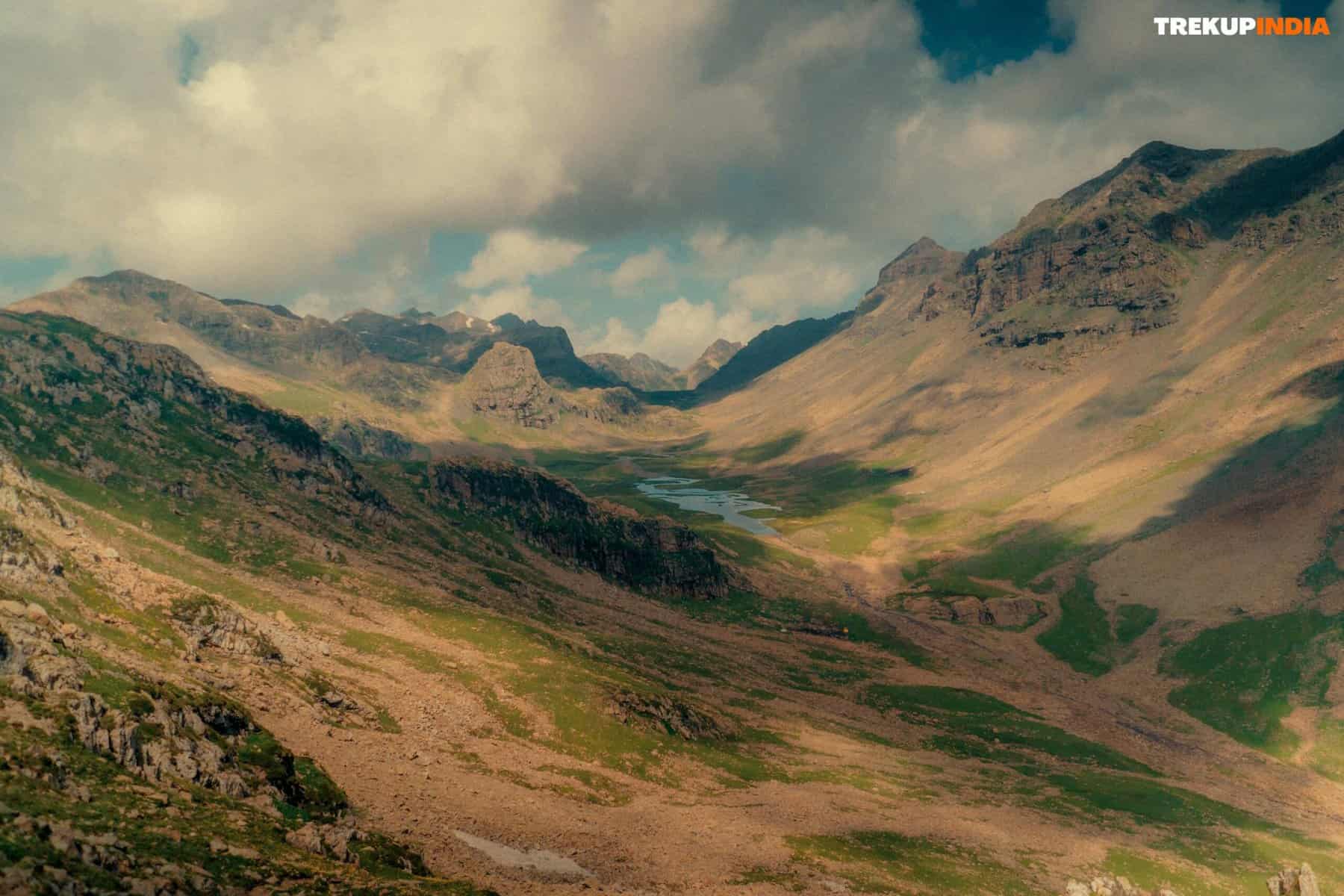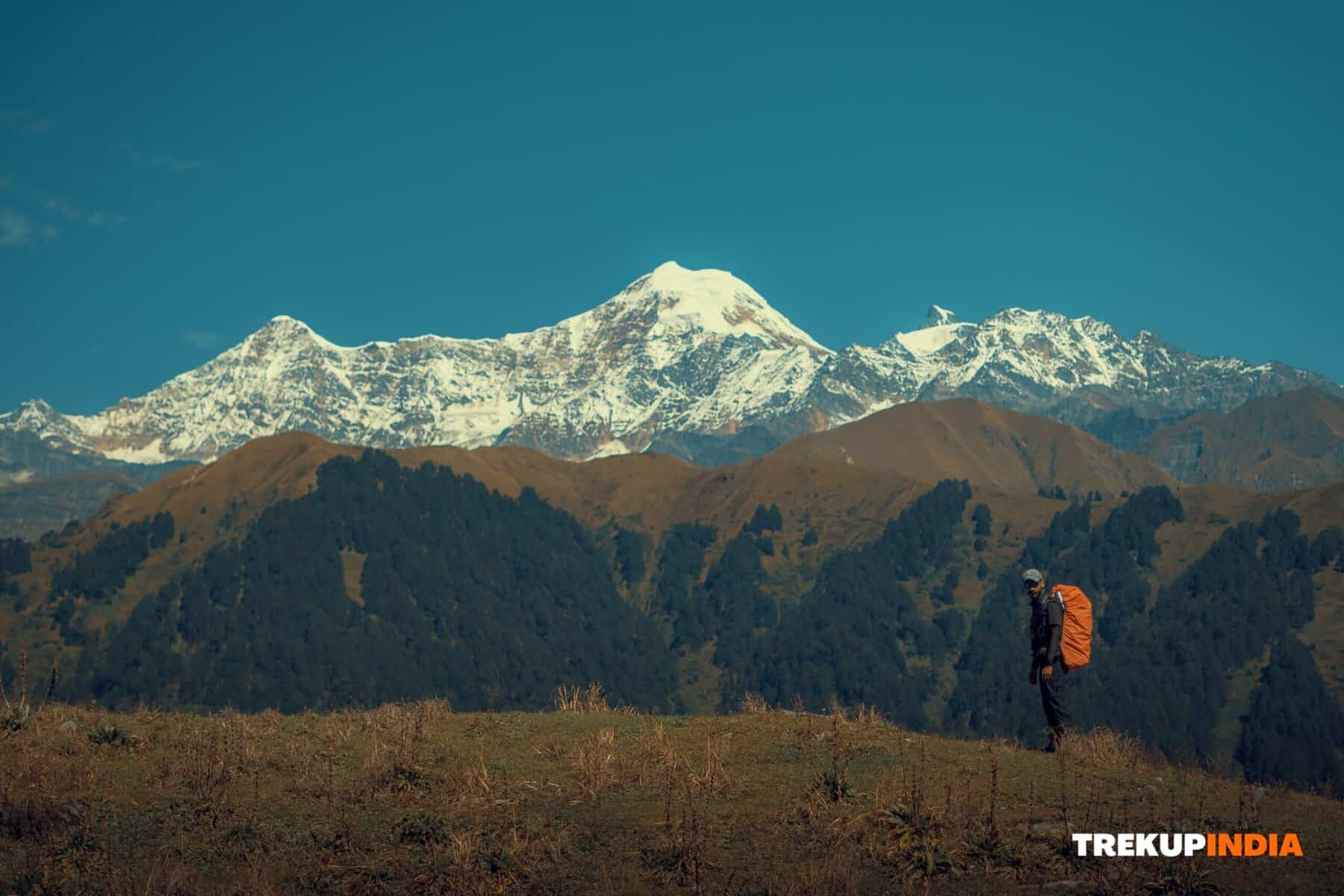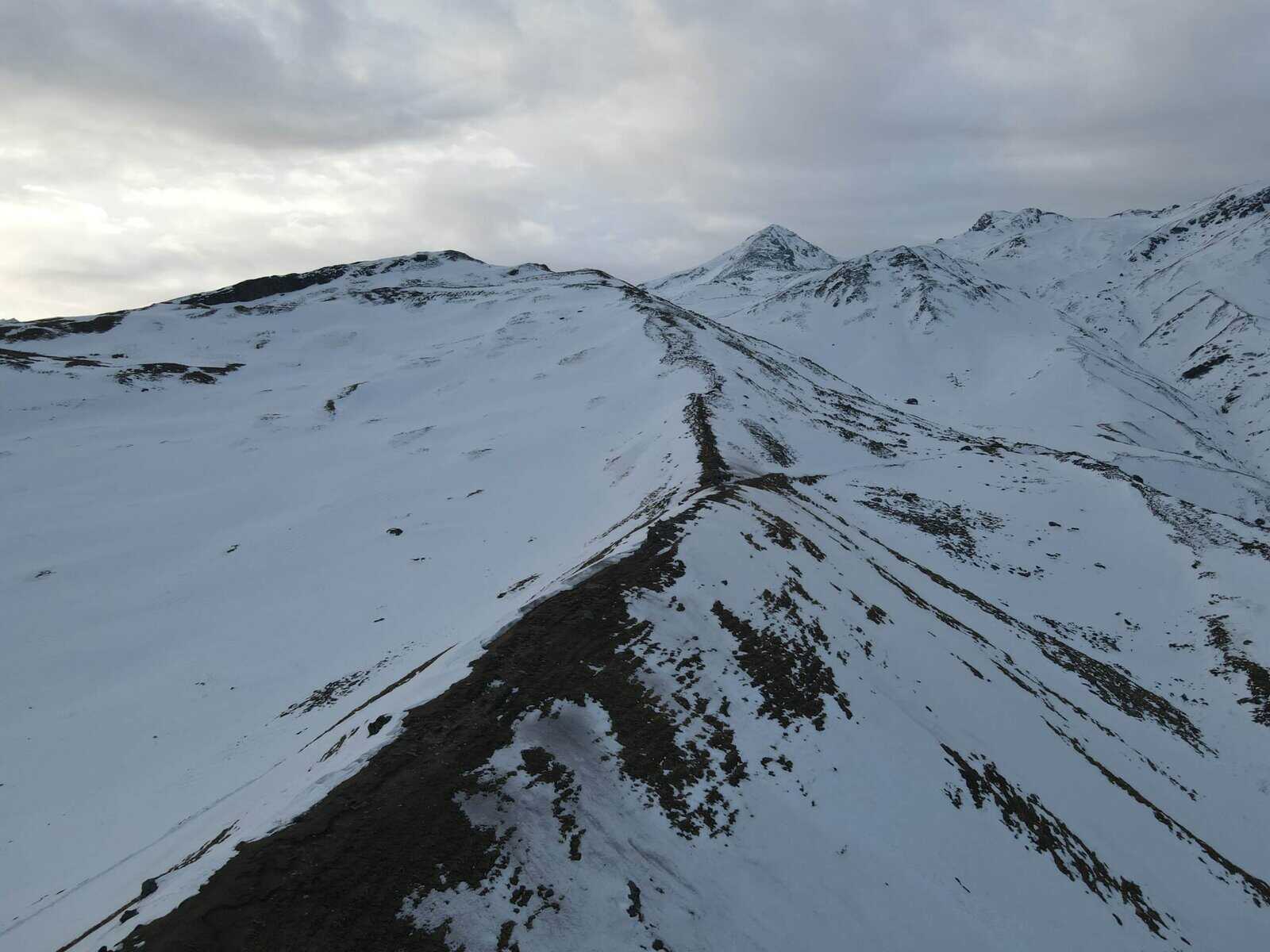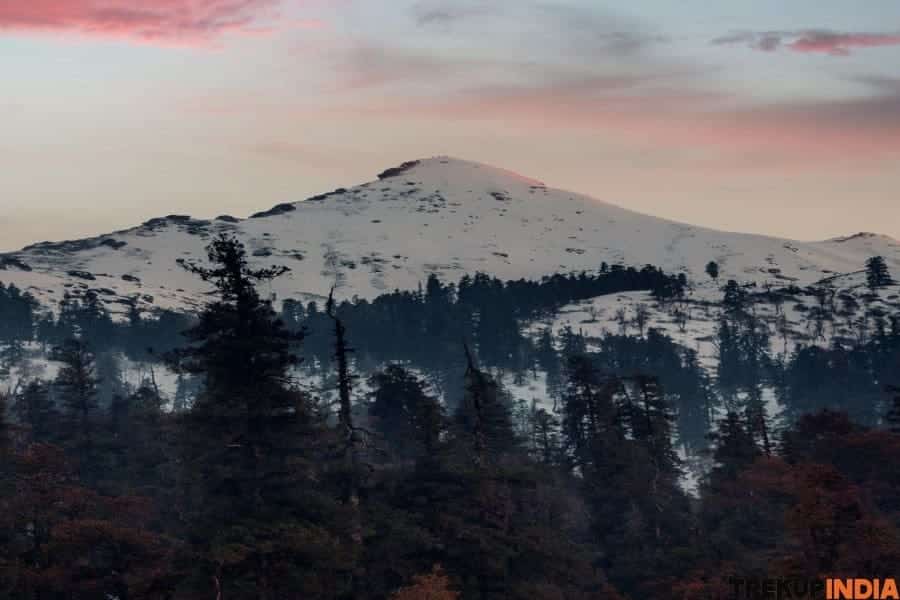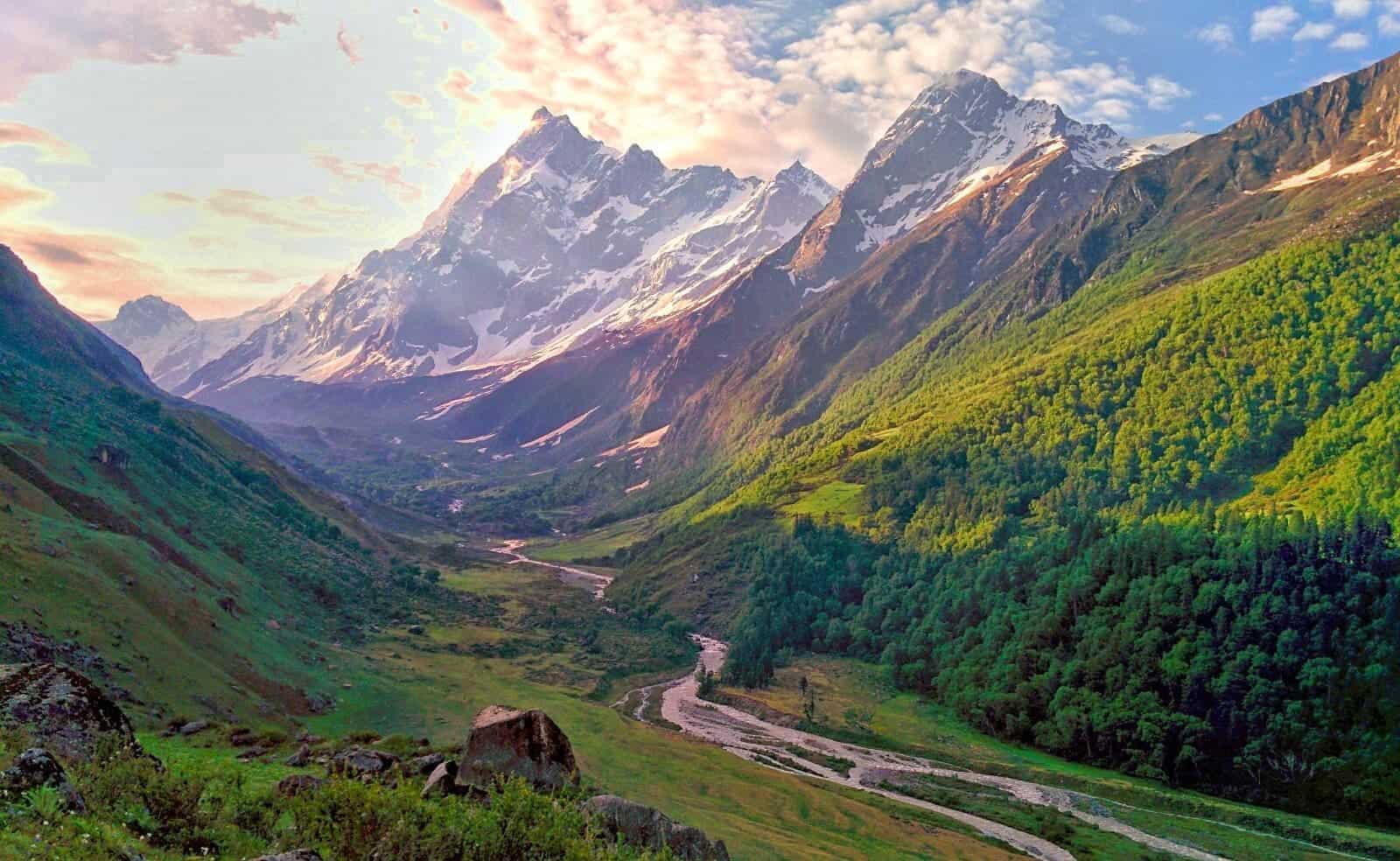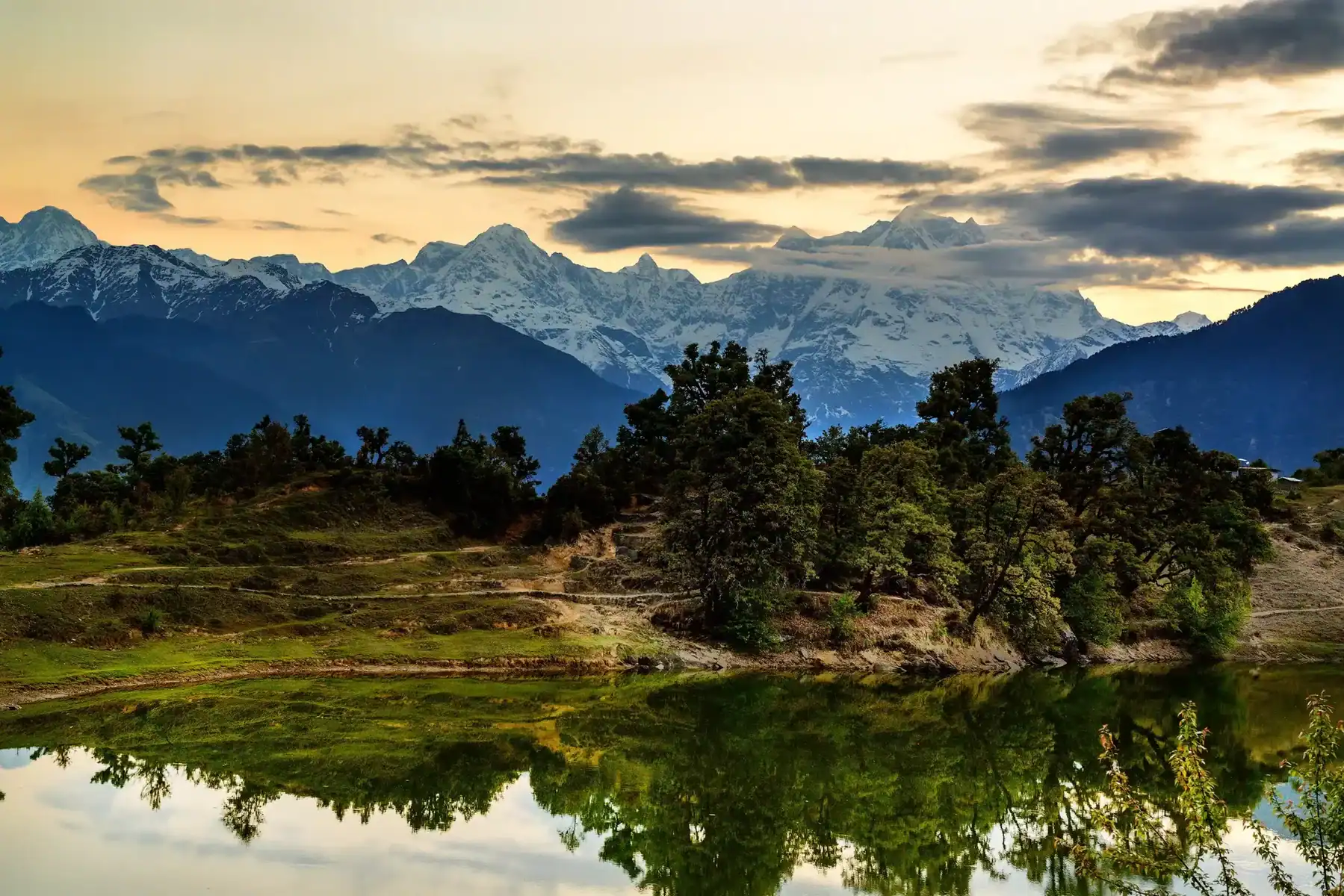Everest Base Camp Trek Planning Guide: Everything You Need to Know
Most mountaineers aspire to climb Mount Everest at some point during their mountaineering careers for one simple reason: The sensation of reaching its summit. Everest stands as the highest peak on earth at 8,848 meters, making all other things seem smaller and insignificant; conquering it is often described as an incredible achievement for trekkers; many mountaineers train tirelessly toward this feat, but only some ever make it. The EBC trek is often used as an introduction for climbers hoping to conquer Everest one day. Some trekkers find EBC trekking an all-in-one travel dream! Training rigorously, improving patience levels, devising an effective trekking strategy, and procuring reliable trekking equipment are among the many tasks necessary to plan an EBC trek successfully. In addition, finding competent trekking outfitters and being prepared for unpredictable weather are also key components. Discussing with experts beforehand may alleviate most issues; however, there may still be exceptions that arise later. But with every impressive accomplishment comes added risks – sometimes life-threatening ones. To manage this effectively, trust in the odds and do everything in your power to prepare if something major comes up on your EBC trek; chances of this are likely. Here is a comprehensive guide for dealing with problems during an EBC expedition:
Mt. Everest lies in an inaccessible region. Being located at an extremely high altitude increases risk exponentially, while medical help becomes harder to access with each step upward. An accident such as minor leg fracture or life-threatening high-altitude sickness such as Acute Motion Sickness or HAP (High Altitude Pulmonary Edema) (also referred to as HACE or High-Altitude Cerebral Edema) and natural disasters like earthquakes, avalanches or rock falls could prove fatal; helicopter rescue will save us before transport to local healthcare facility – however an emergency evacuation via helicopter could cost over US$10,000.
Trekking to Everest Base Camp (EBC) is the ultimate adventurer’s bucket list item – and for good reason. Not only does the trek lead adventurers up the world’s tallest peak, but it also offers unforgettable journeys through ancient Sherpa villages, Buddhist monasteries, and breathtaking Himalayan landscapes. Before setting out on your Everest Base Camp Trek adventure, careful planning is essential. This guide will walk you through everything you need to know–from when and how best to go to permits, fitness requirements, and budget constraints–to ensure a successful trek experience.
Best Time and Season for Trekking to Everest Base Camp. There are Two Primary Trekking Seasons.
Pre-monsoon (Spring) Season: March to May
Post-Monsoon Season (Autumn): September to November
These months offer clear skies, stable weather, and breathtaking mountain views. Spring offers trekkers colourful rhododendron blooms while autumn offers crisp air and fantastic visibility.
Travel From Kathmandu to Lukla
Your EBC journey starts in Kathmandu, Nepal’s bustling capital. Most trekkers then take a short, 30-minute flight to Lukla – home of one of the world’s most exciting airports and your starting point for EBC trekking adventures.

Don’t self-diagnose
Altitude illness symptoms will vary for everyone, making self-diagnosis impossible and leading to further aggravation of symptoms. Delaying medication is similar to not taking it altogether.
Be sure to update your guide regularly. Reassure yourself that they have extensive experience and have a good grasp on this way of traveling, as the advice they offer should not simply be seen as optional but essential too.
Consuming garlic, drinking lots of water, and getting sufficient rest are all ways to ease pain, while weight loss remains the only solution.
Reaching Lukla Airfield is a small airfield with a narrow runway for landing. As this small airfield can only accommodate planes capable of taking off or landing quickly, such as Dornier 228s, its use should only be undertaken at your own risk. Airplanes do not fly when the weather conditions are poor or visibility is low, thereby cancelling or postponing flights in such cases to ensure safety in case of extreme weather. Make sure that you schedule enough time off after arriving back in Kathmandu, so as not to interfere with your return flight home. By arriving on schedule, Kathmandu provides ample opportunity for exploring its vibrant culture.
Ramechhap Airport, approximately 140 KMS or a half drive from Kathmandu as of September 2019, is often chosen for flights to Lukla, as Kathmandu Airport had congested air traffic, which resulted in flight delays, which is not suitable for mountain flights that need to leave early morning to ensure optimal conditions.
Should your Lukla flight get Cancelled, other options to consider could include:
- Retry again the following day.
If we fail to do this, other passengers who were previously scheduled on that date will take priority over us; in that event if a flight is delayed, we may reschedule for the following day; unfortunately, this means it might not always be possible for you to arrive on time – however we always do our best.
- Hiring an expensive helicopter ride
Taxis may be available, but their expensive transportation to Lukla and Kathmandu makes this option unviable for us. They may offer less than expected at times, and the amount given could be pricey; there’s no set rate yet; everything depends on circumstances. Chopper rides into Kathmandu could cost approximately 800 dollars each way, while trips up Phaplu from Lukla could cost approximately 800 per chopper carrying six passengers and taking twelve hours using shared jeeps from Kathmandu.
- Trek to Phaplu + Drive Back to Kathmandu (Cheaper Alternative)
From Lukla it takes two days of trekking to reach Phaplu; after which sharing a jeep for 12 hours back into Kathmandu will make this option much cheaper than taking the helicopter option; great for people who can’t wait for scheduled flights the following day or who want an immediate solution to getting from Lukla into Kathmandu.
Water Resources: Staying Hydrated Is Essential
There are various natural water sources throughout the trek that you may access for purification purposes, and drinking reusability bottles are highly recommended, as every new bottle creates trash that must be managed responsibly. To be prepared, bring tablets for water purification along with large-mouth reusable drinking bottles to EBC, as bottled water becomes increasingly expensive as you near its final destination.
Insurance is Mandatory
Any policy selected should at least cover these aspects:
Altitude Limit of 5,700 metres for air evacuation emergencies is mandatory in case of accidents, illnesses or natural catastrophes; cancellation of trips and delays on flights within Lukla; loss of baggage. Your itinerary for travel includes information about each country you intend to visit as well as adventure sports that you plan on partaking in during your journey.
About Author
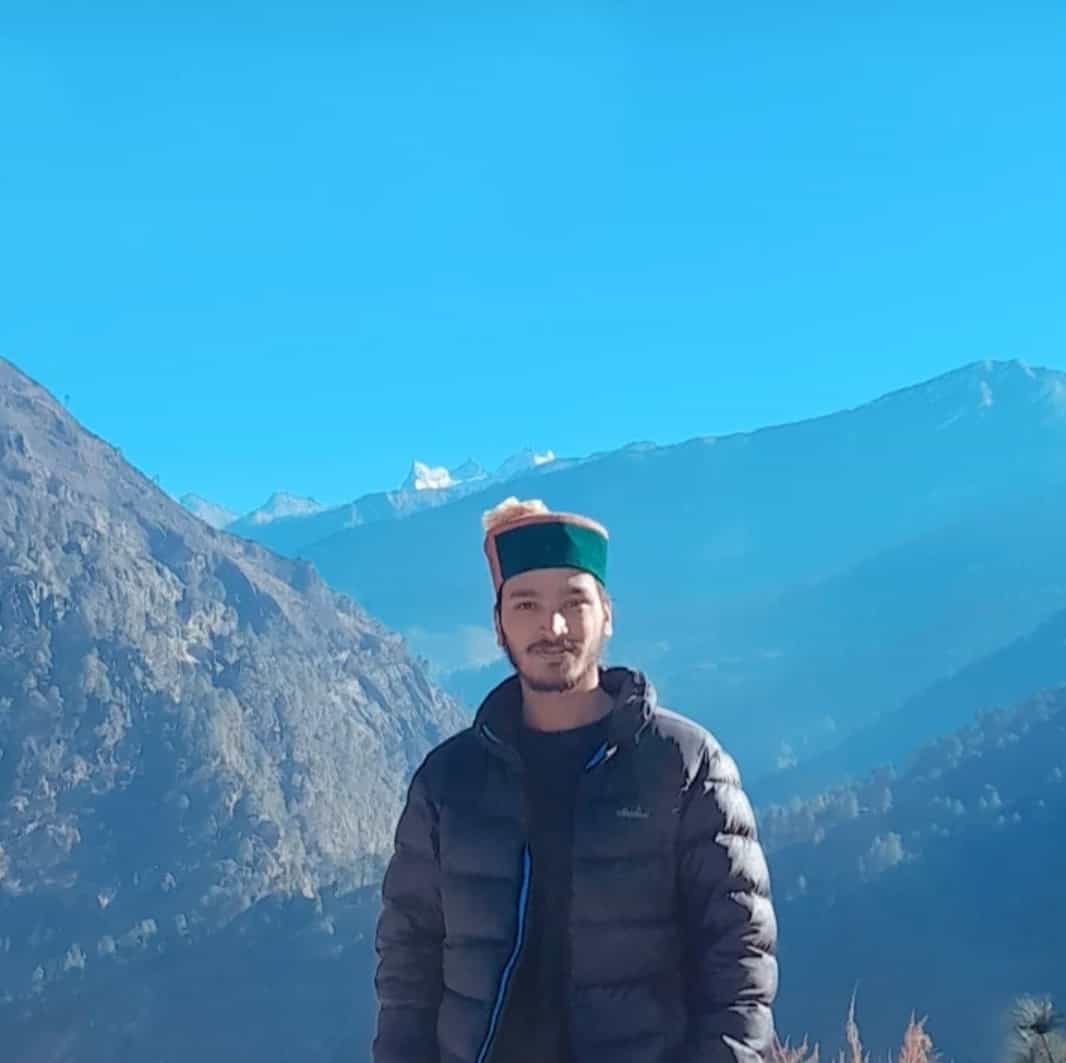
Anoop Rawat (Admin TrekUp India)
Anoop has worked for 5 years as a Trek Leader with TrekUpIndia, leading numerous treks across the diverse and challenging terrains of Uttarakhand and Himachal Pradesh. He holds a degree in Geology with a specialization in Geographic Information Systems (GIS) from UPES Dehradun. During his academic years, he actively applied his classroom knowledge in the field—most notably by contributing to a glacier research project on the Jundar Glacier in the Har Ki Dun Valley, Uttarakhand. Write Anoop at anoop@trekupindia.com
Share this article
Dates For Upcoming Treks
Want To Trek Like Pro?
Basically, watch these videos if you want to trek the same way professional trekkers do and make your skills better. These videos contain useful tips and techniques to further improve your trekking skills itself. These videos actually help both new and experienced trekkers improve their trekking skills. These videos definitely provide useful tips that make your trek better. We are seeing that these videos by Trekup India experts will only help you make your trekking skills better.
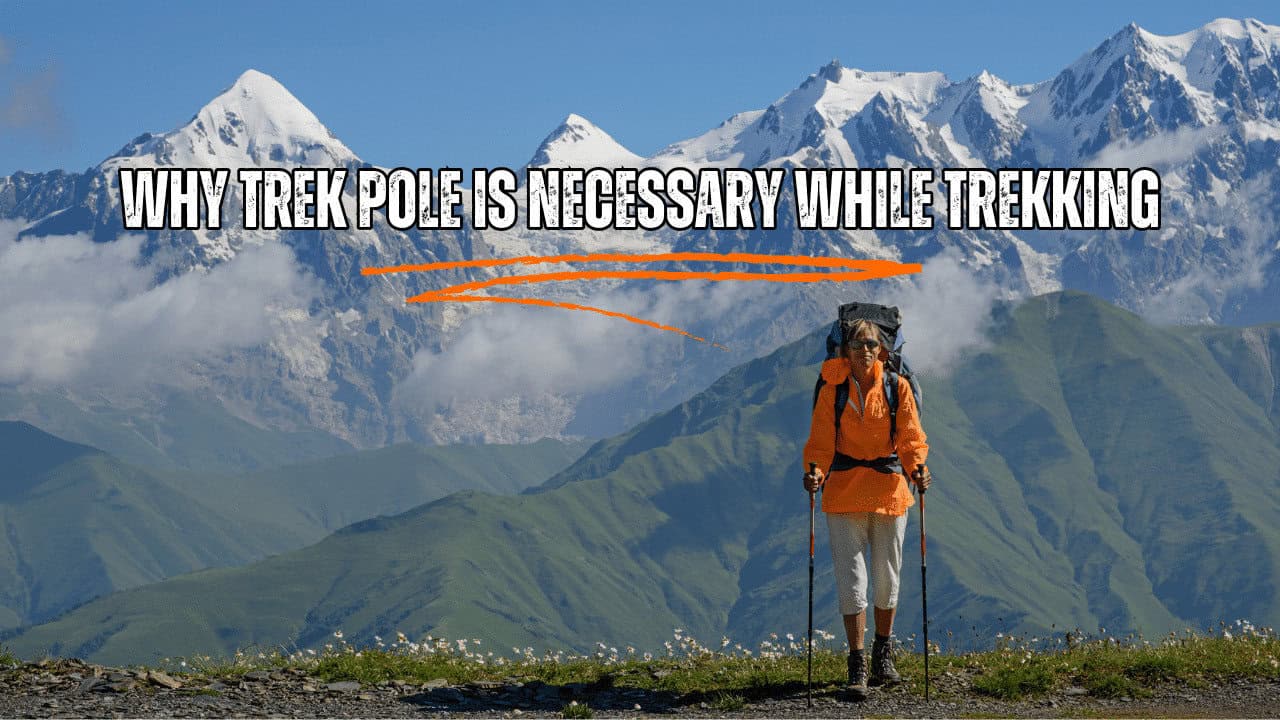
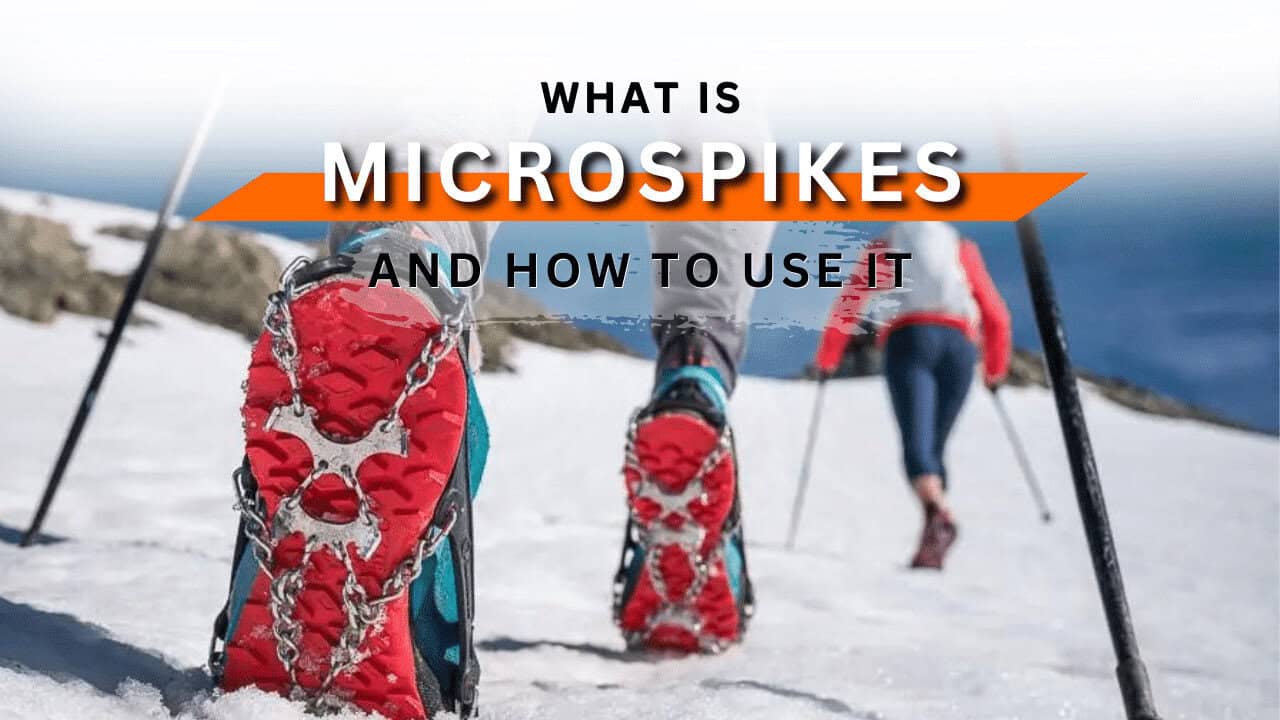
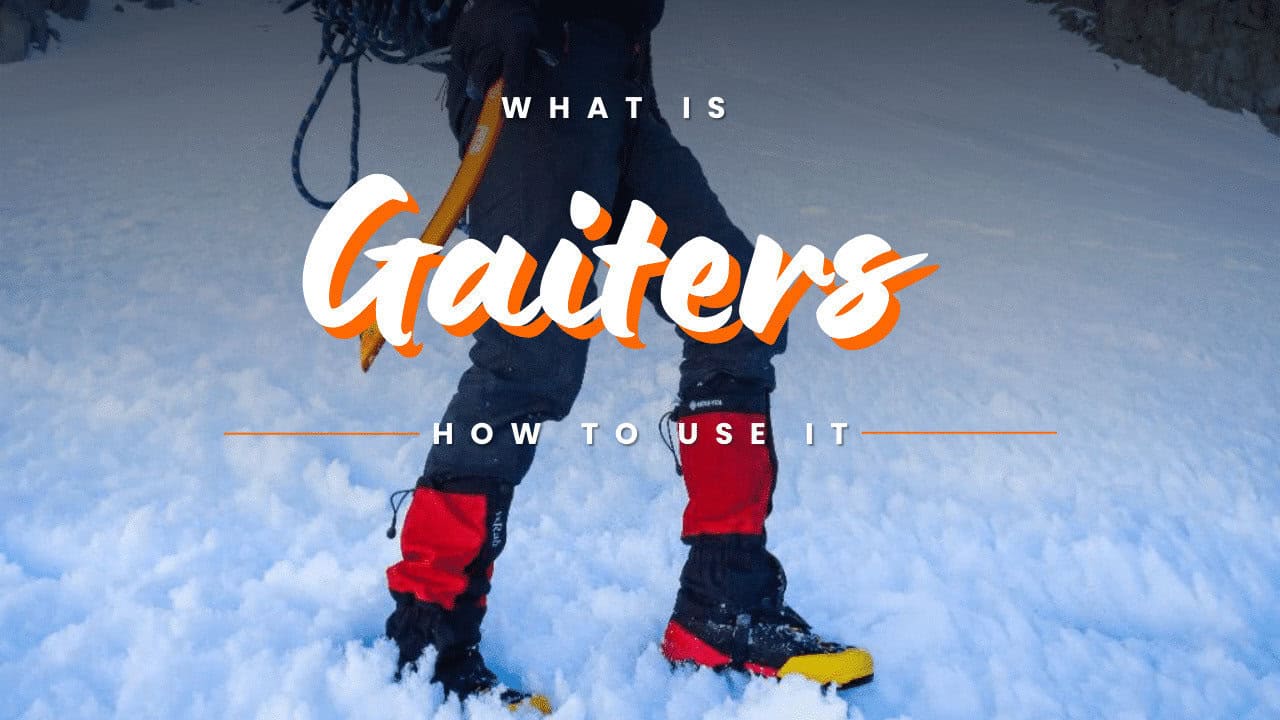



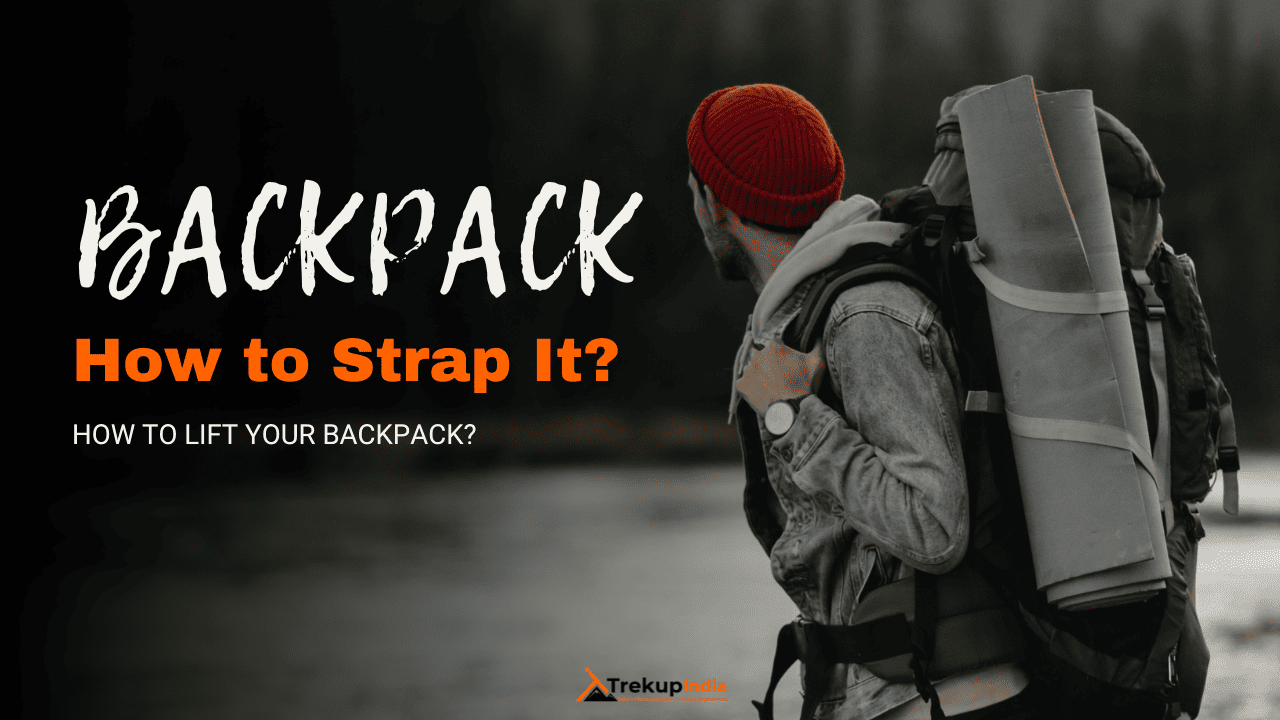
Know Everything About Acute Mountain Sickness
Acute Mountain Sickness occurs when people trek to high altitudes above 8,000 feet. This condition itself develops further due to reduced oxygen levels at such heights. Basically, as you go higher up, the air pressure and oxygen levels decrease, which causes the same problem. Acute Mountain Sickness surely causes headache, nausea, vomiting, and dizziness in affected persons. Moreover, peoples also experience difficulty in sleeping during this condition. To avoid mountain sickness, you should actually trek up slowly to higher altitudes. To learn further about this condition itself, watch the videos by Trekup India.
